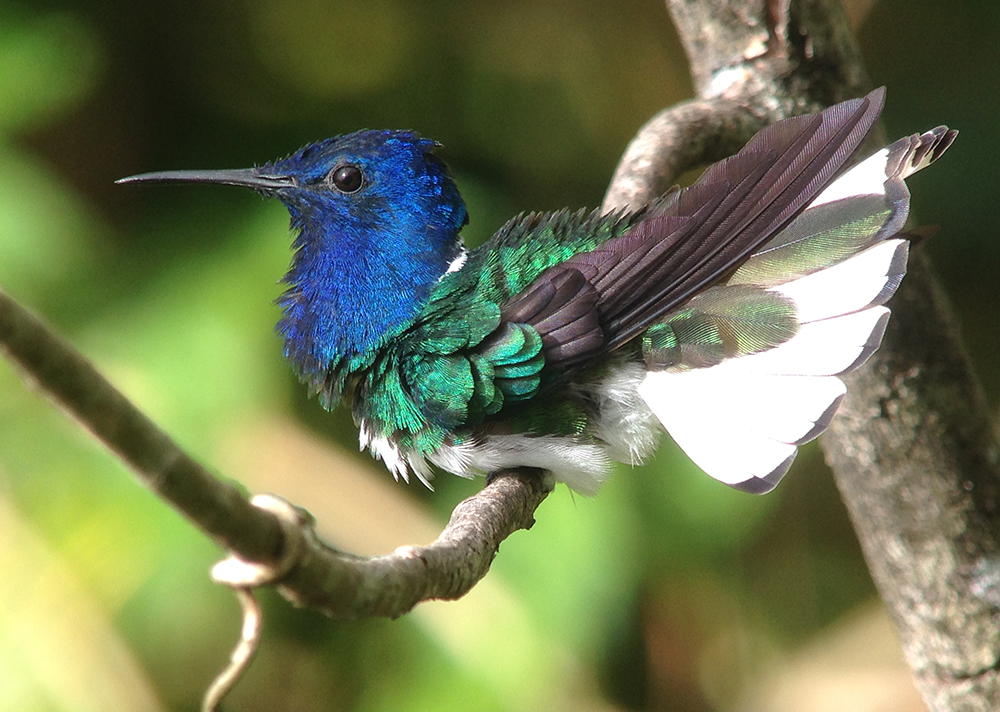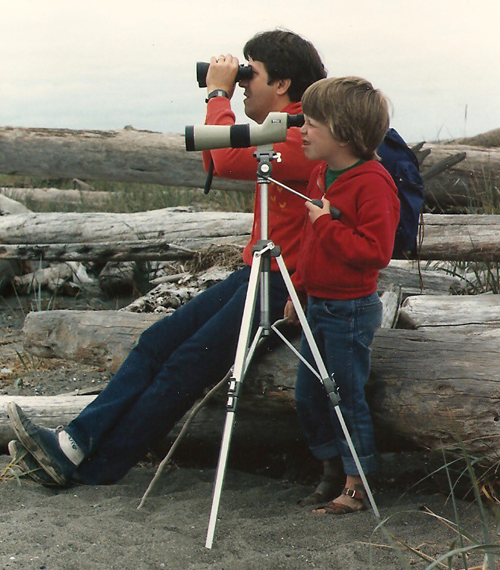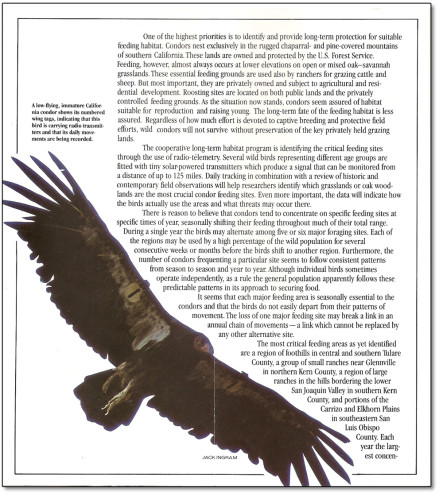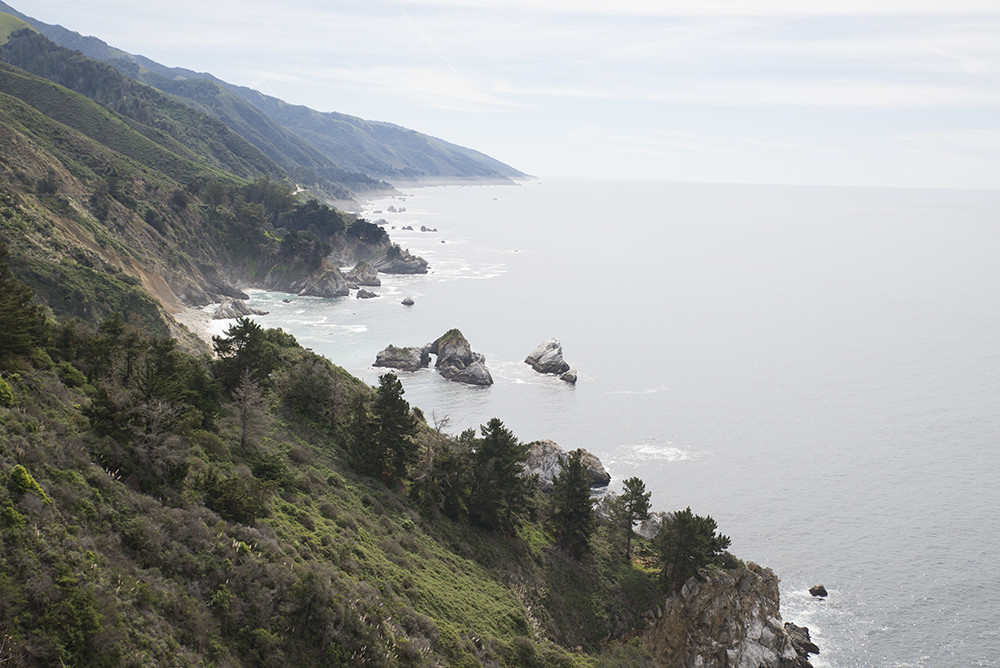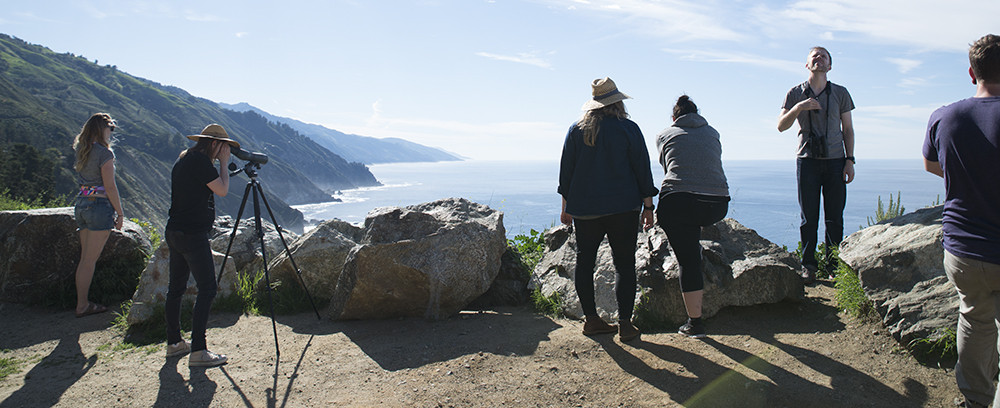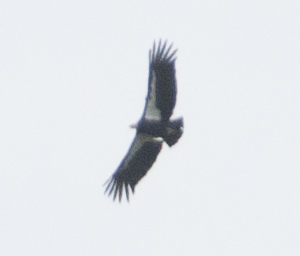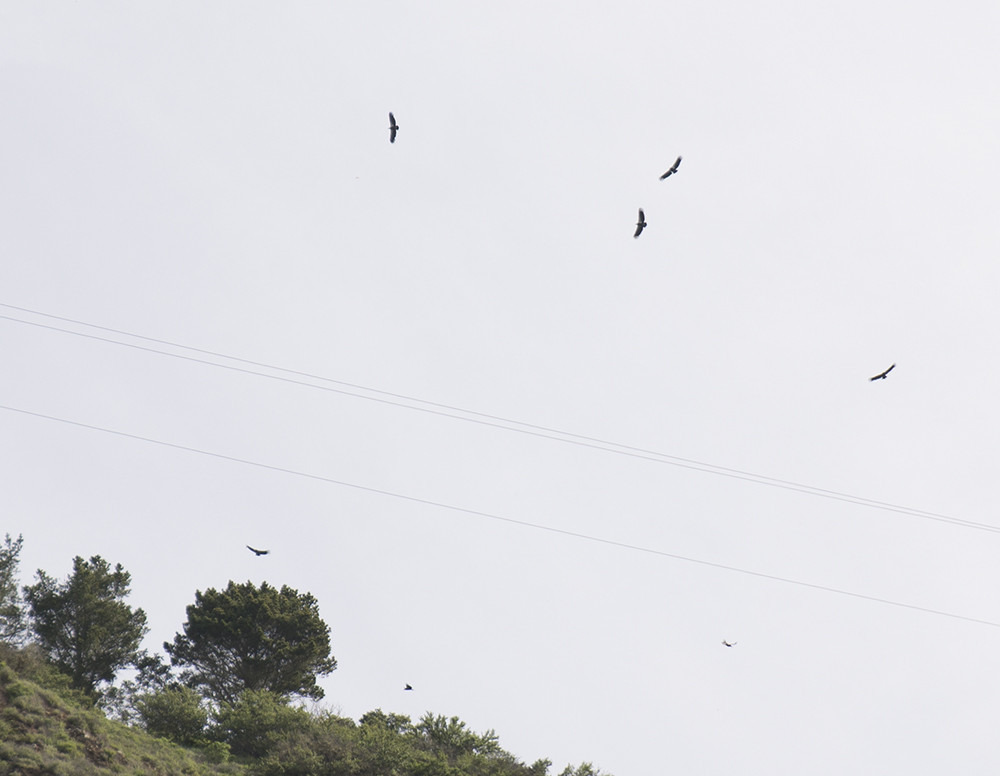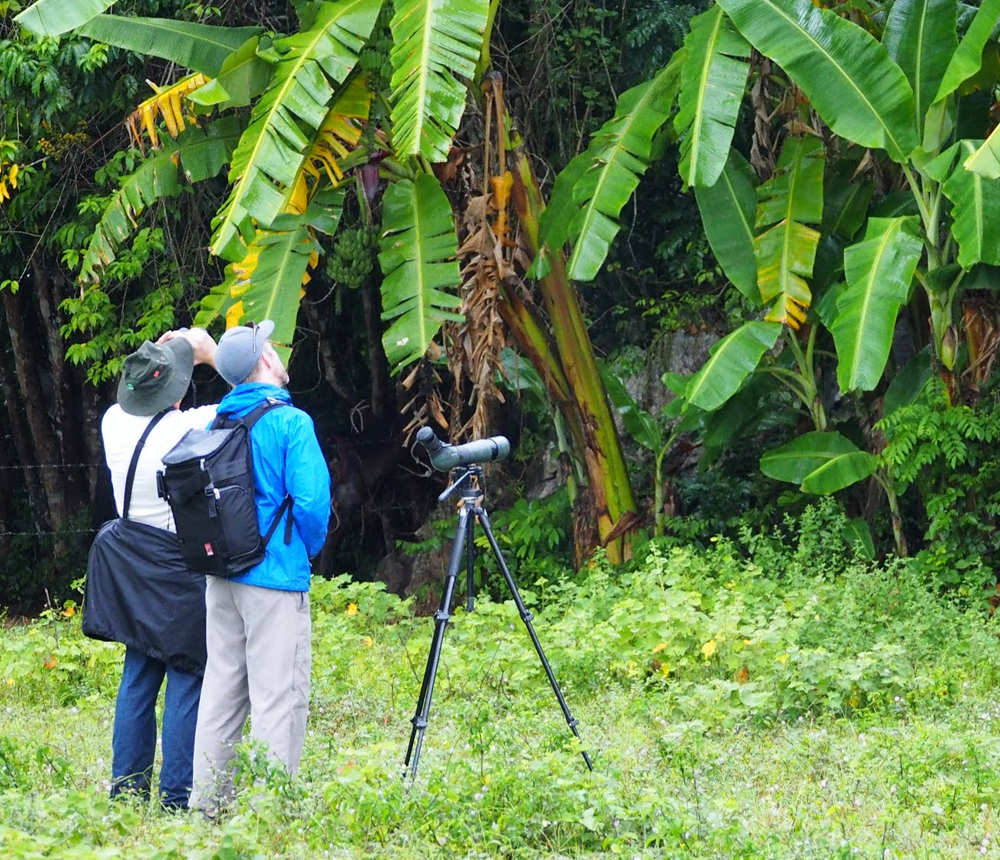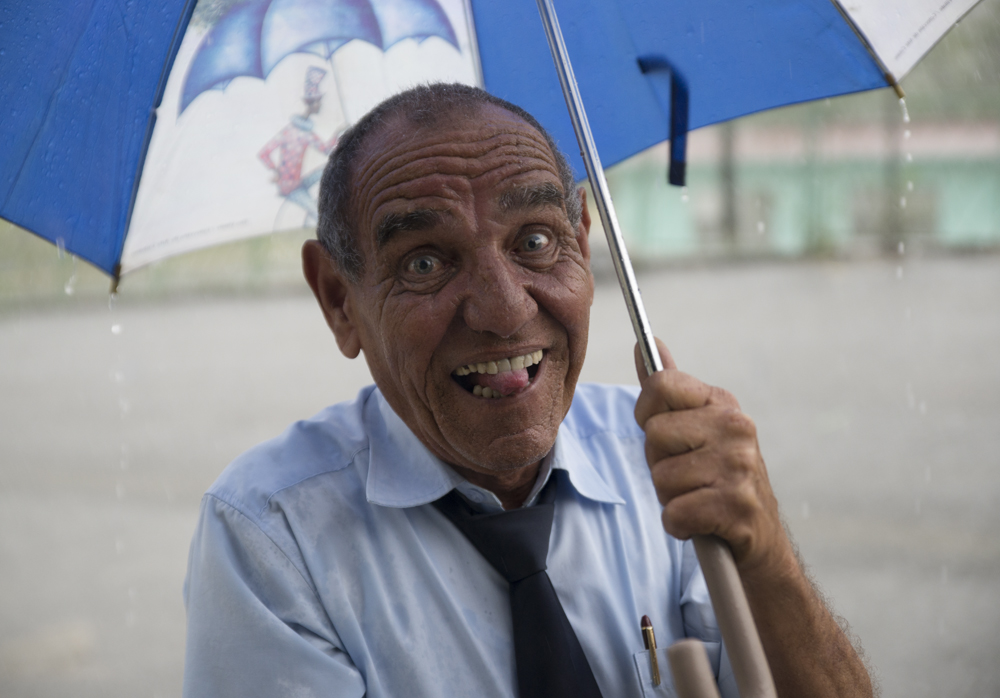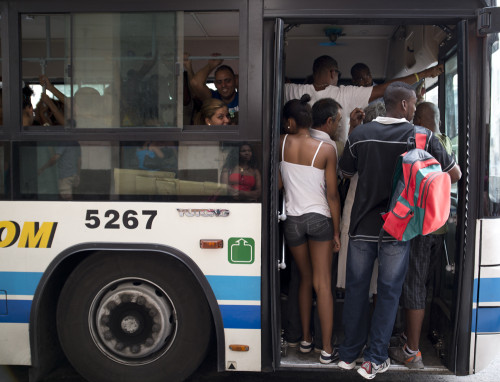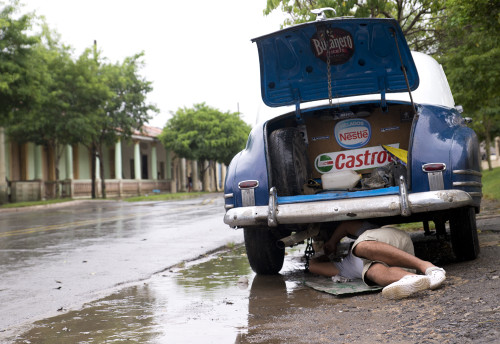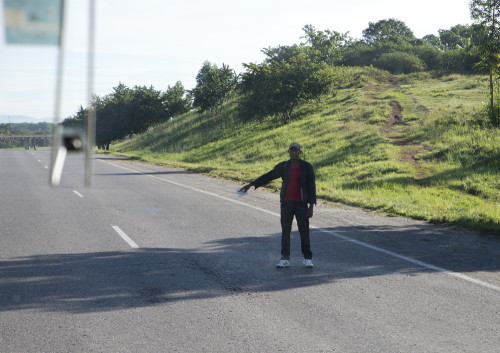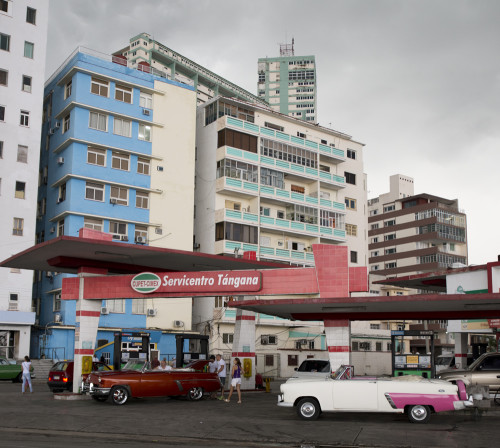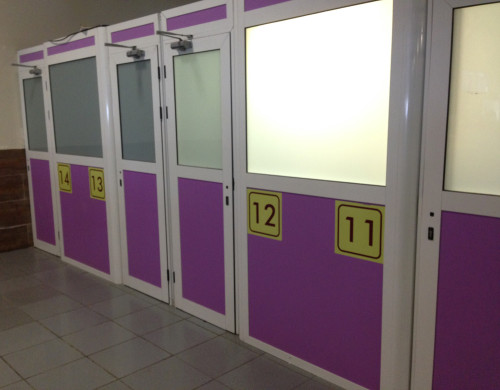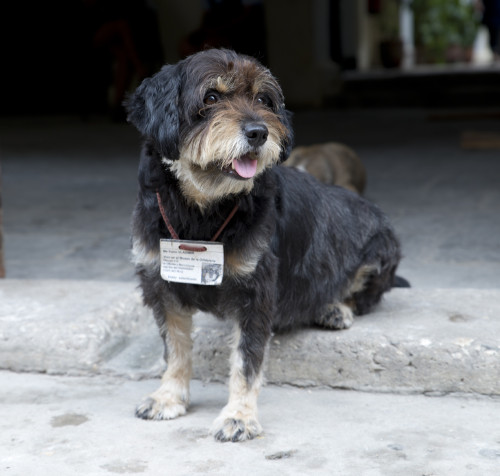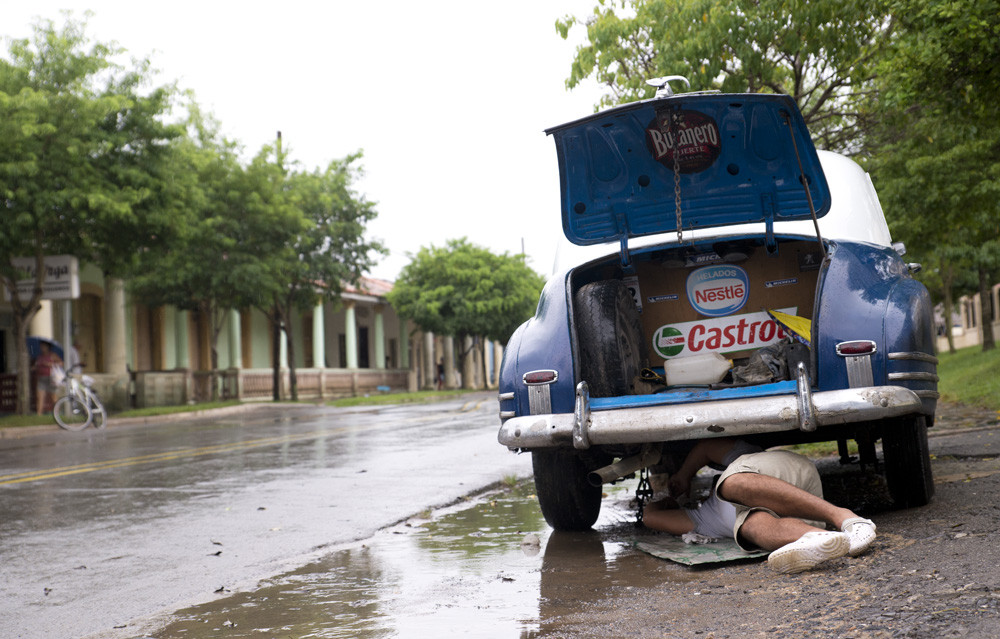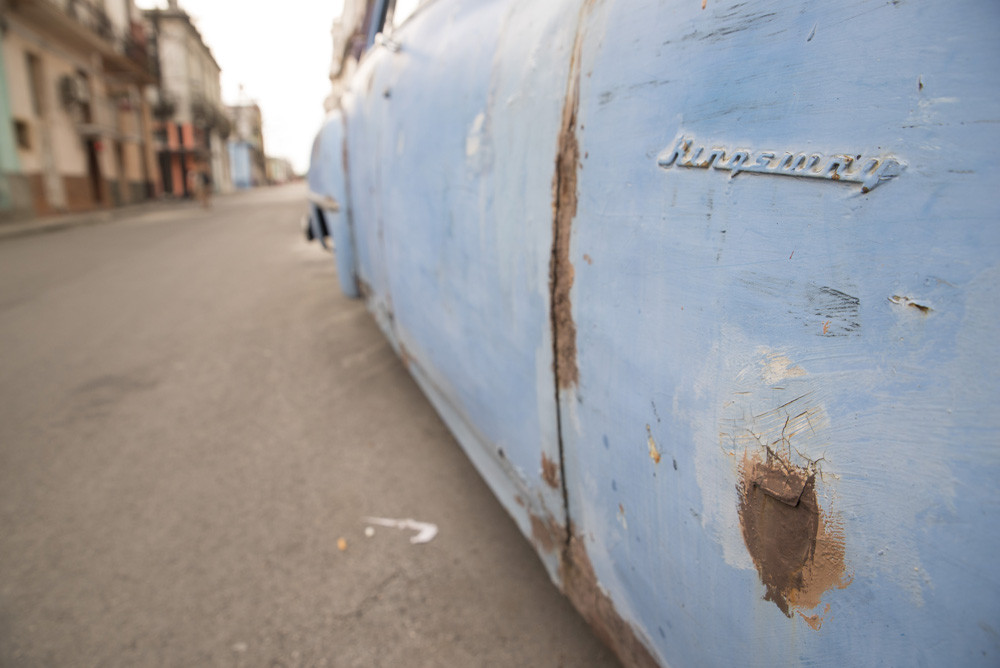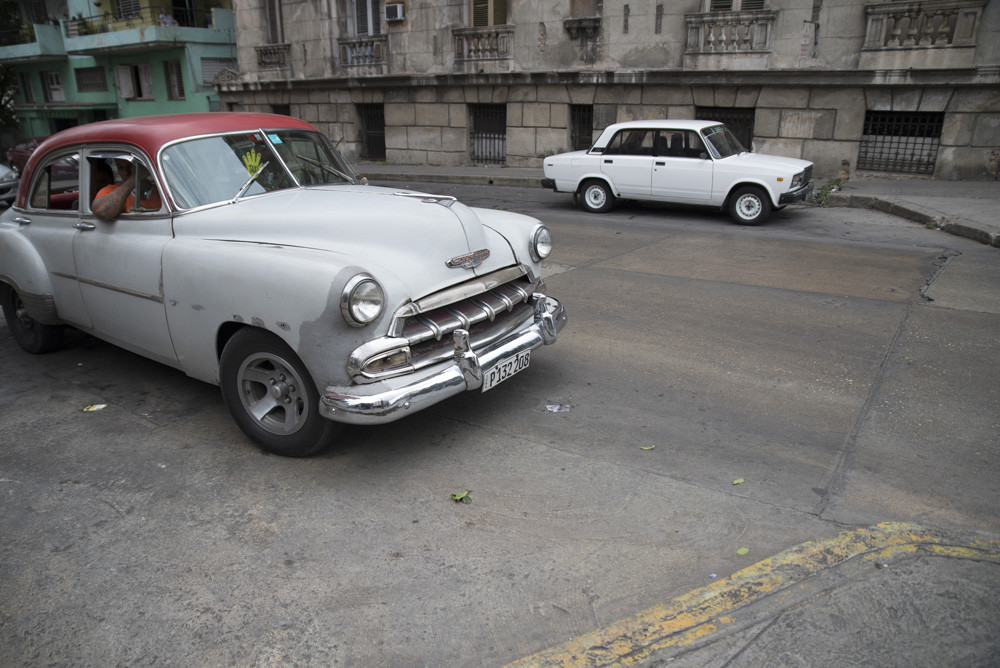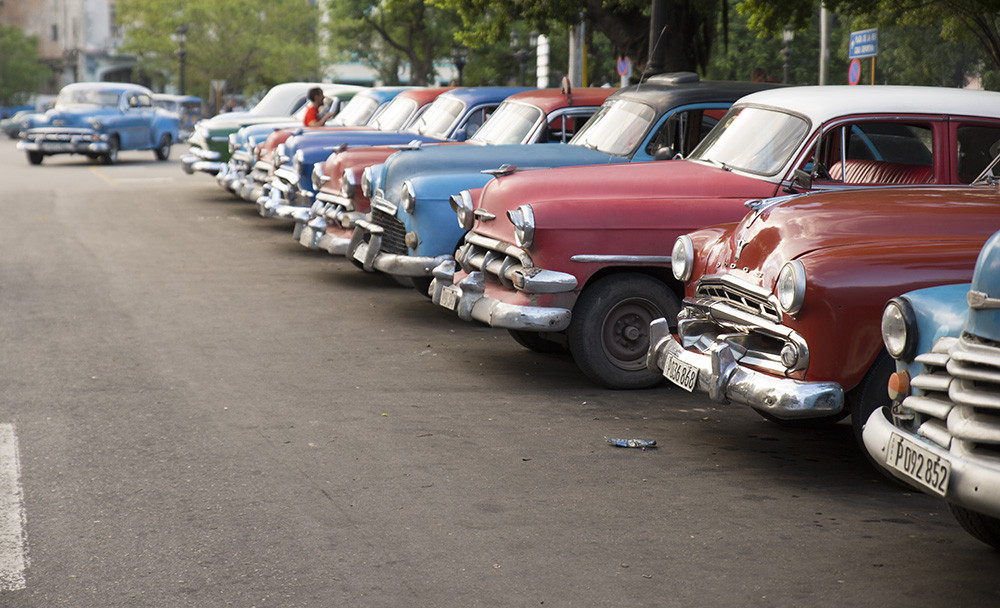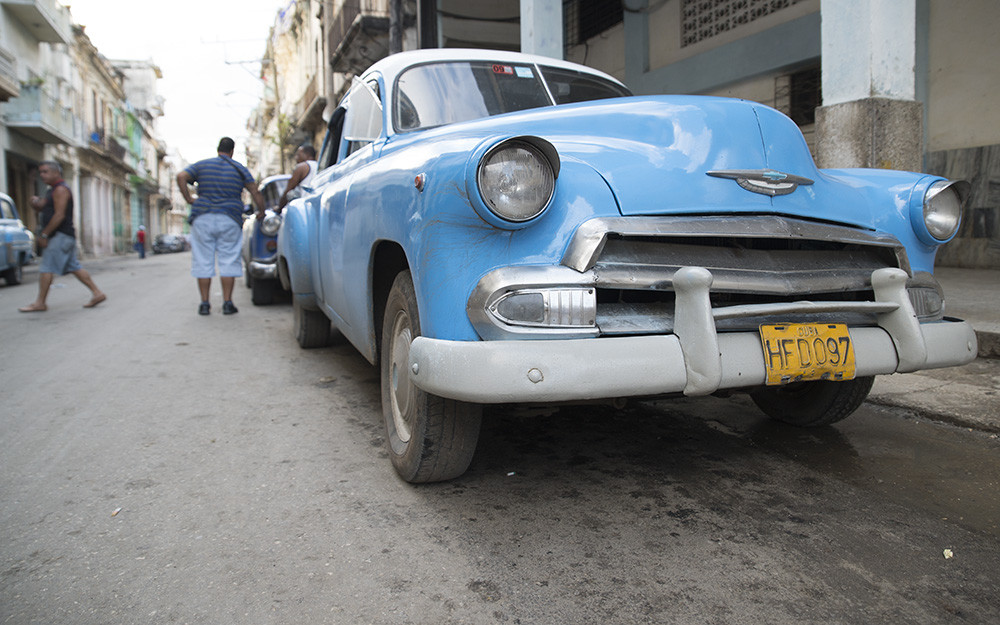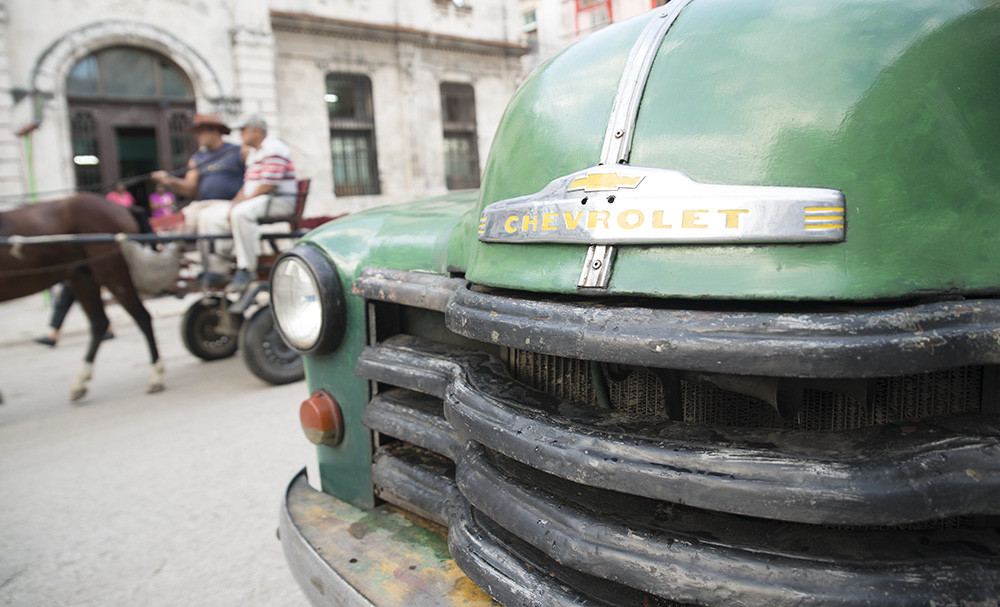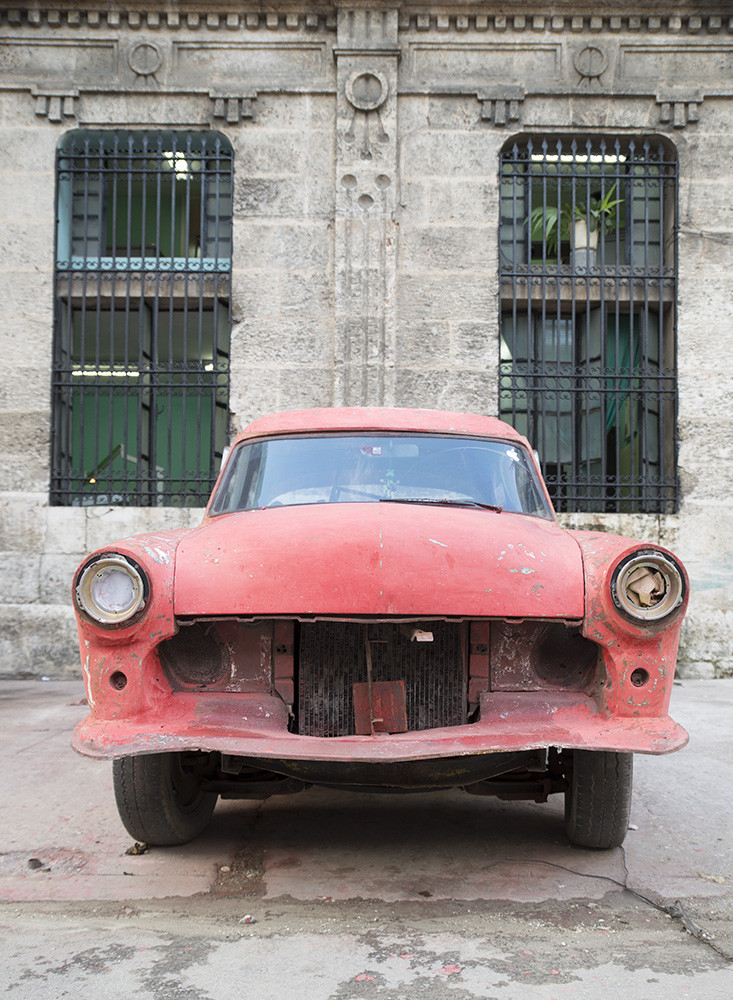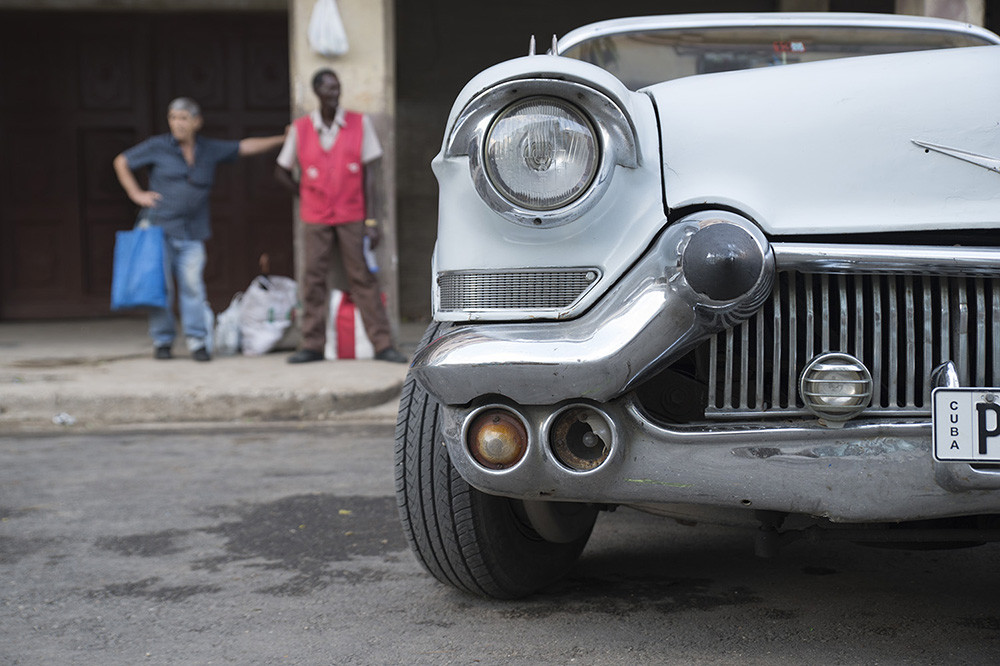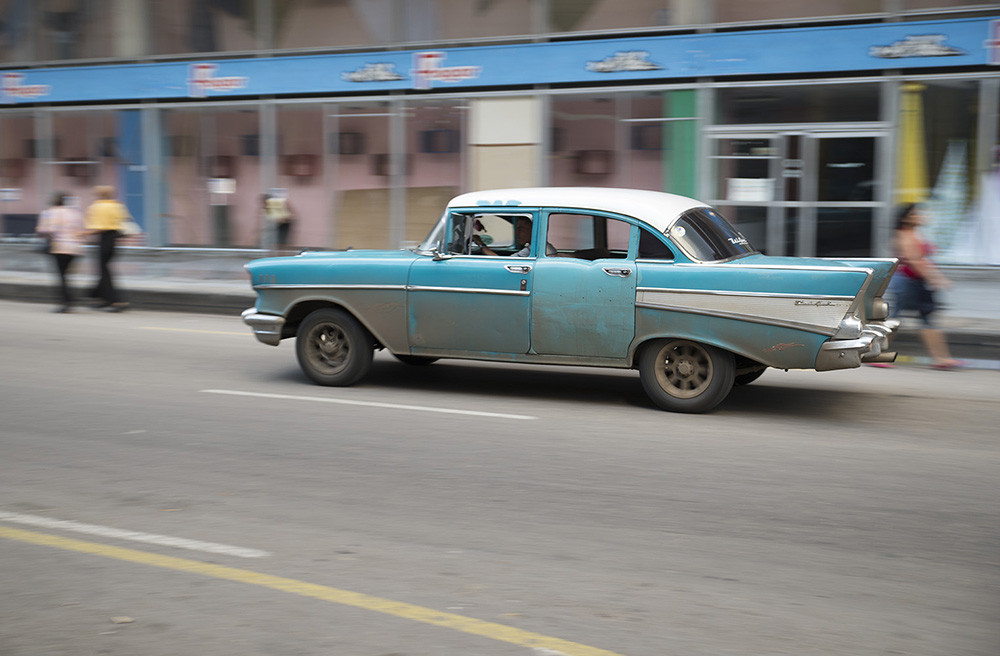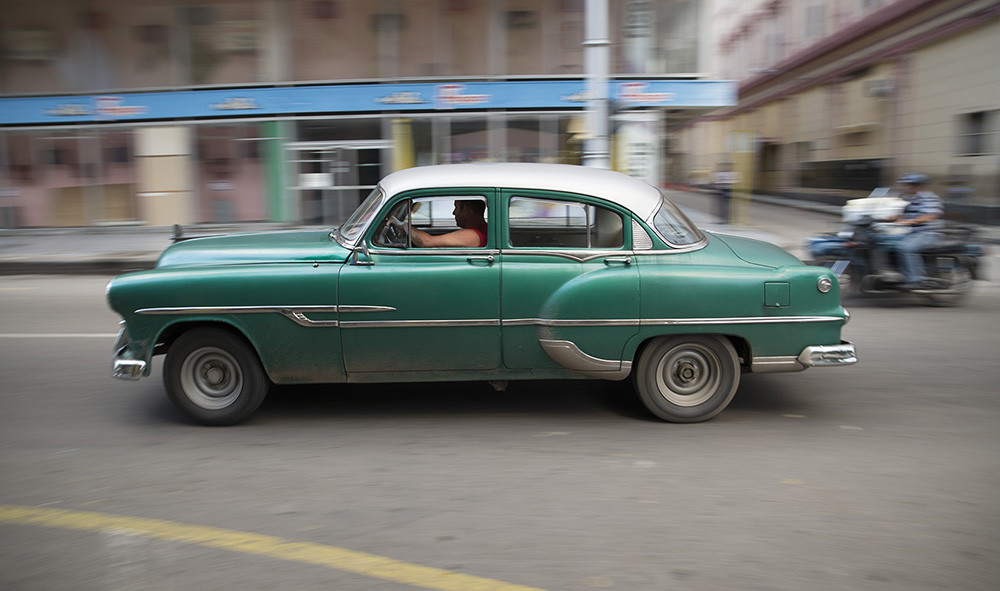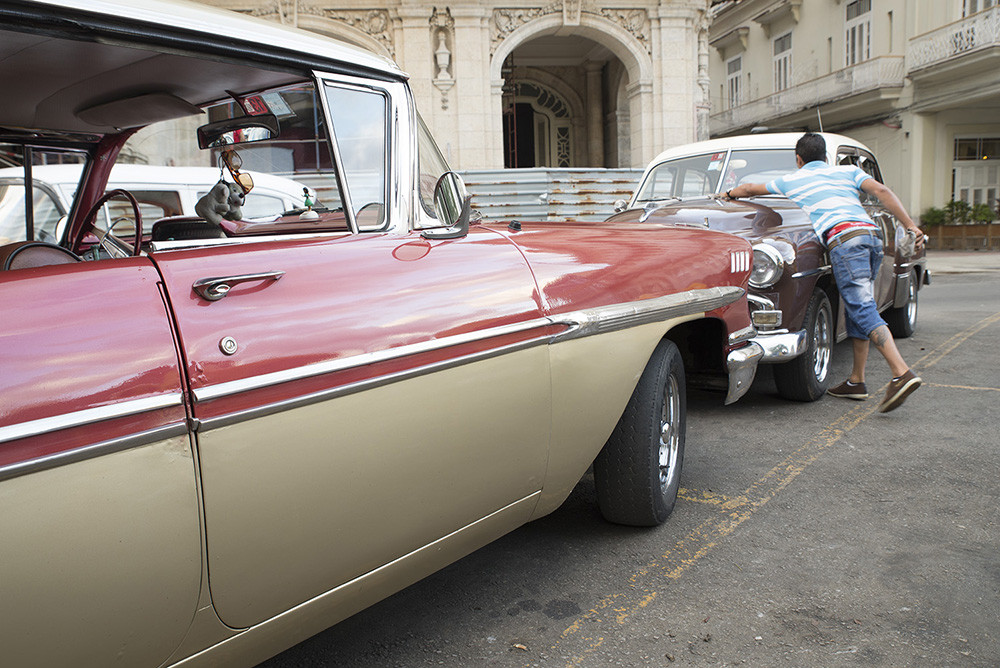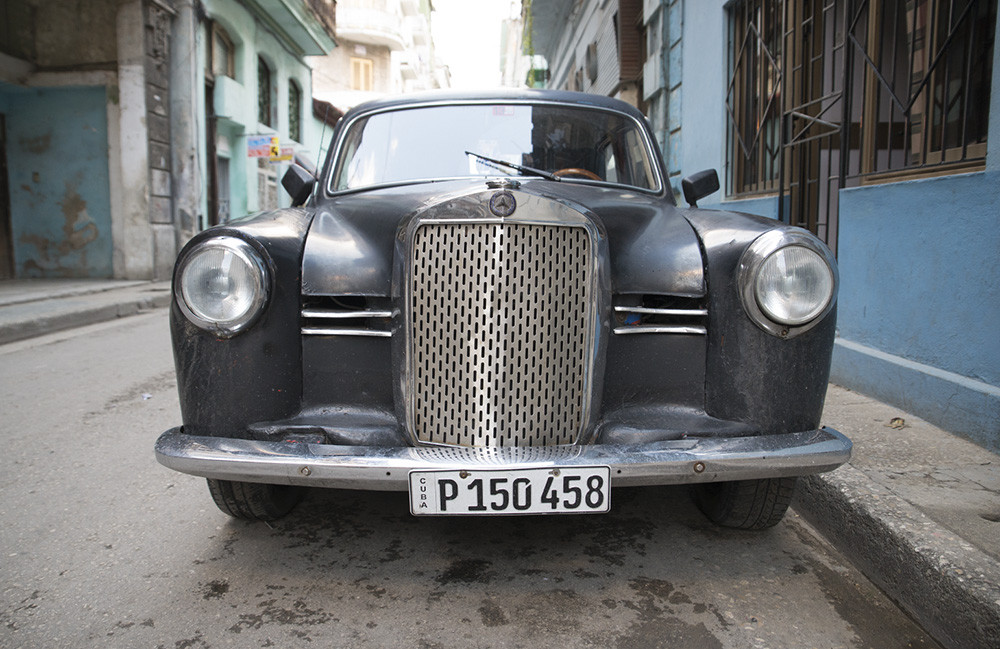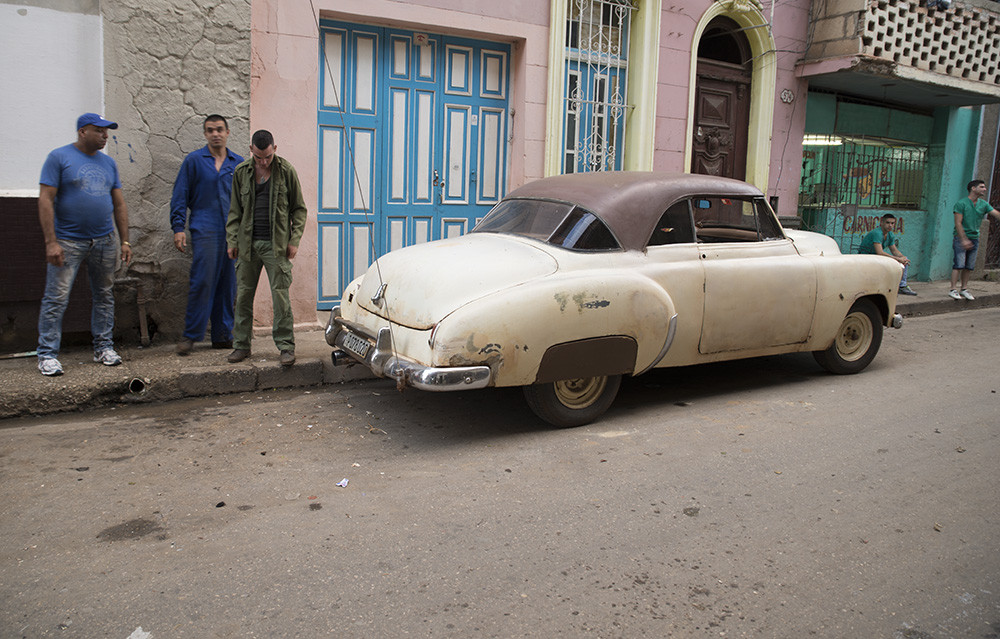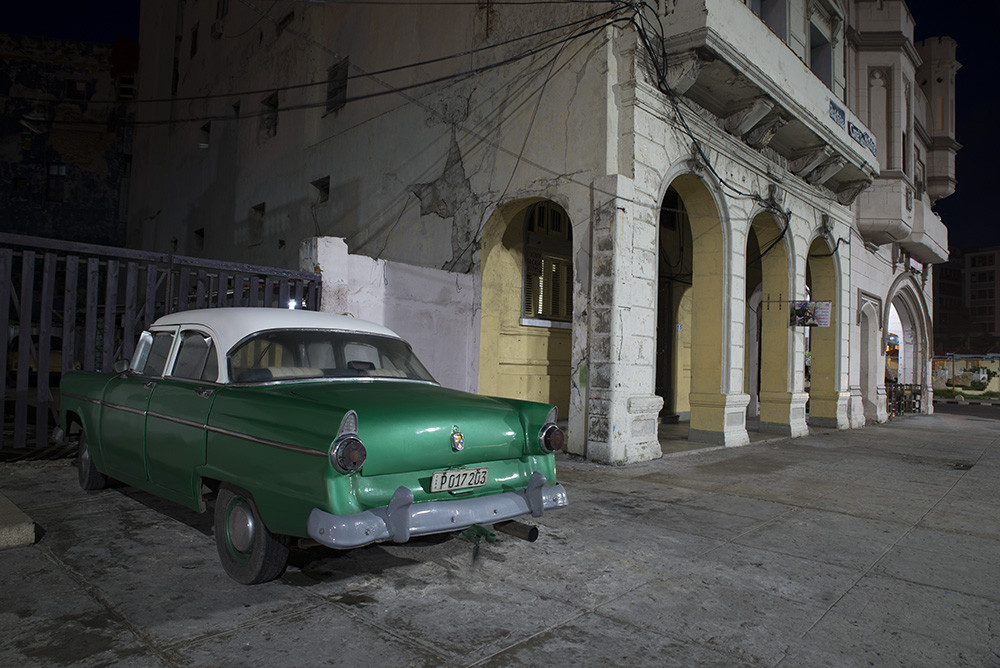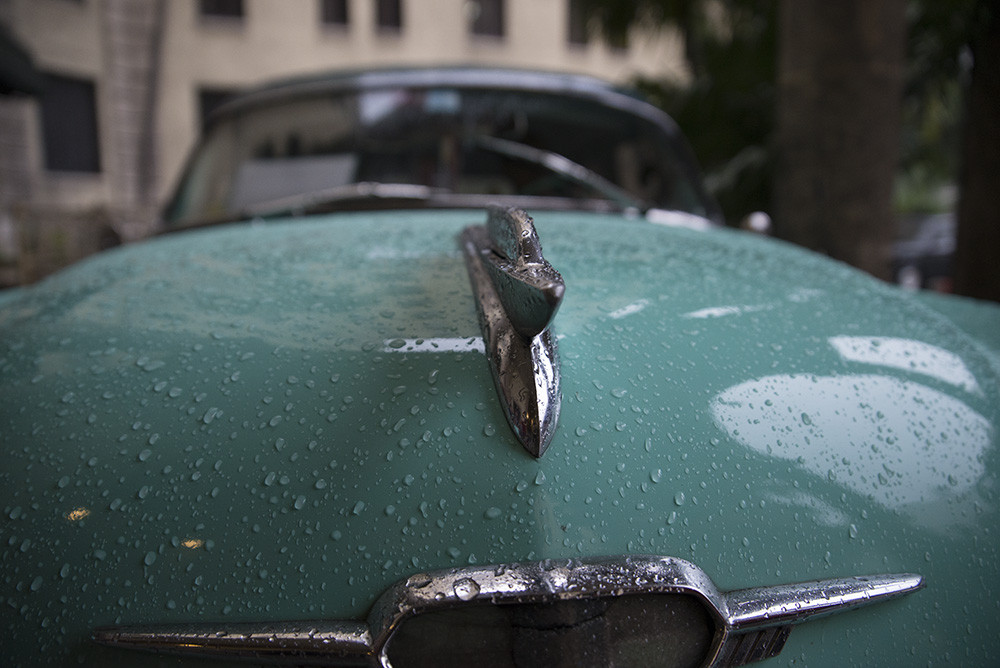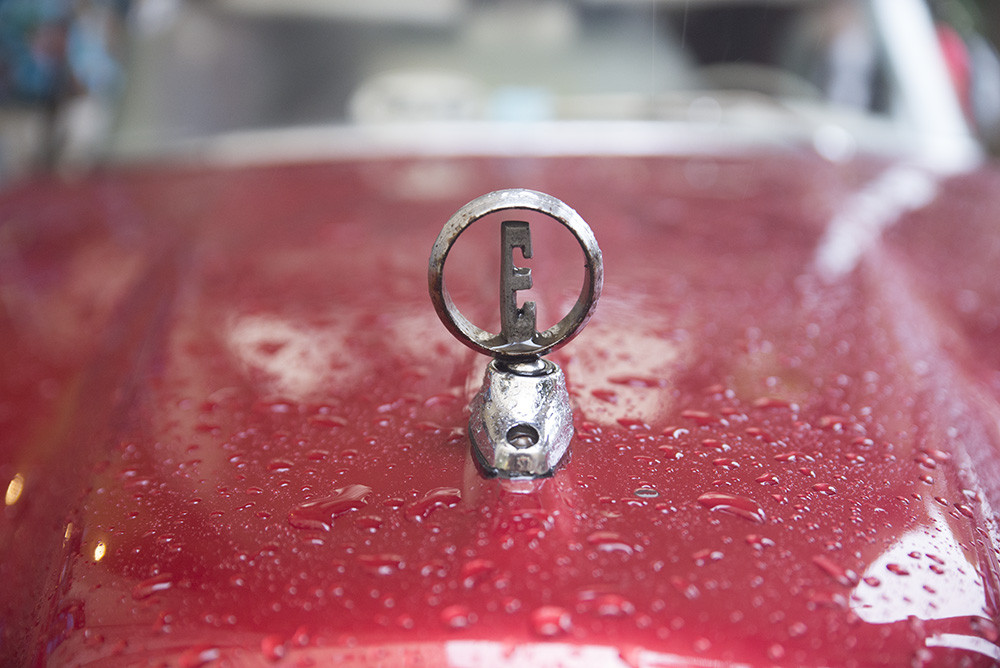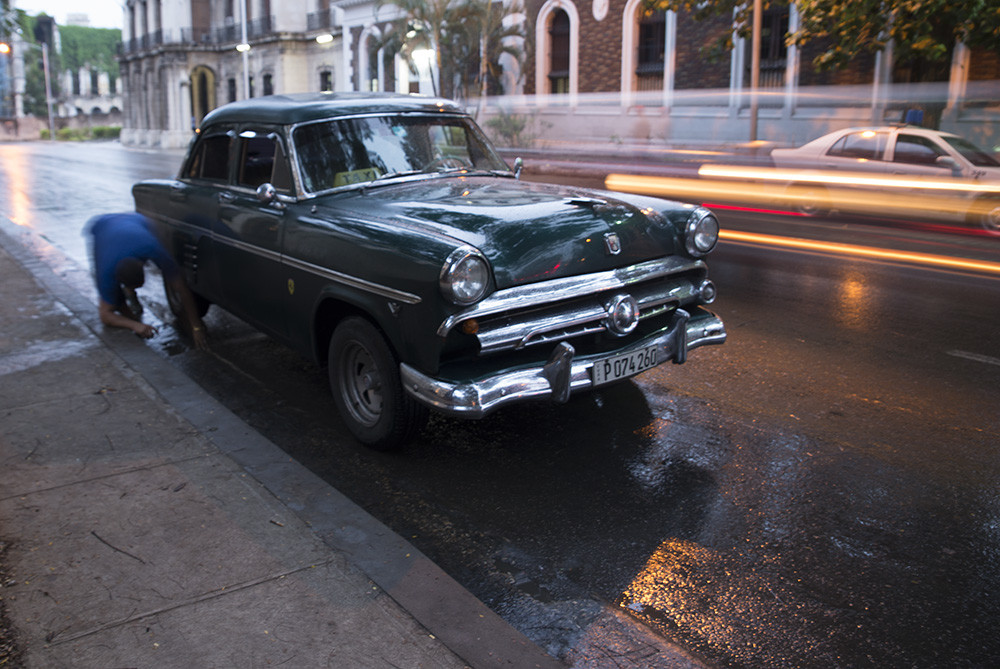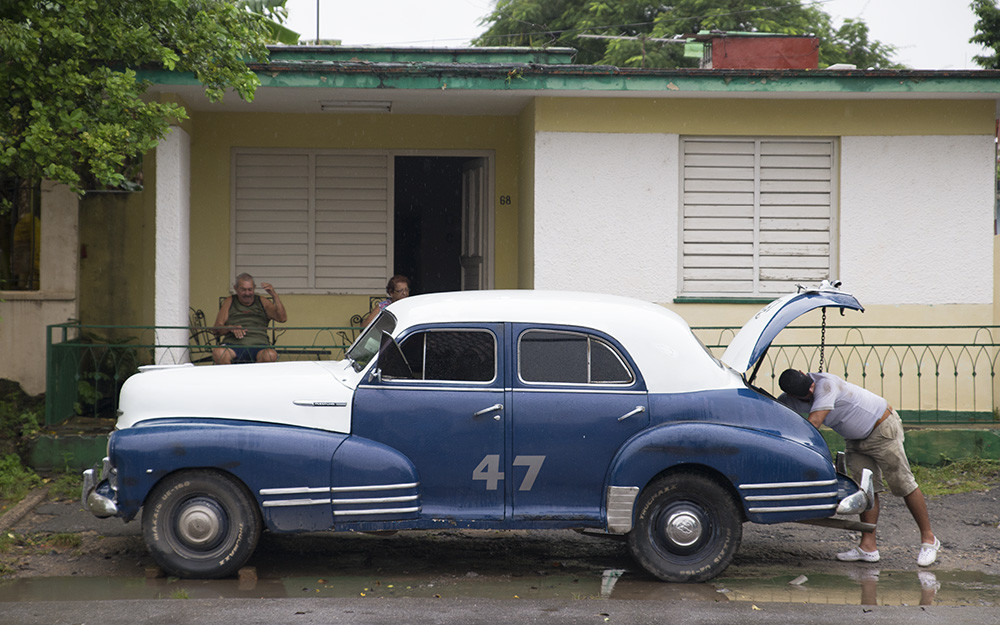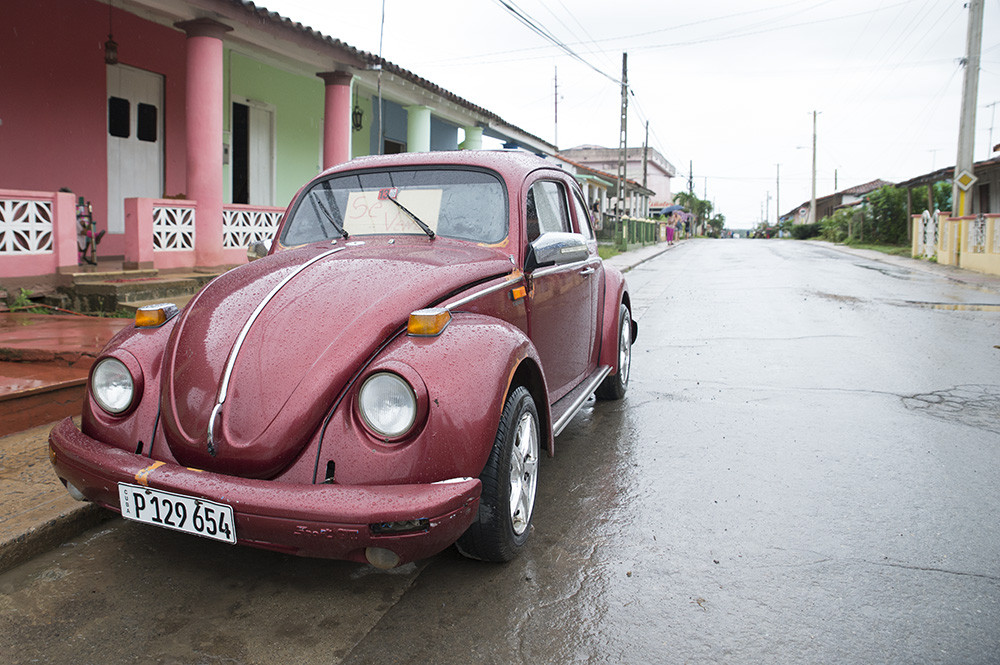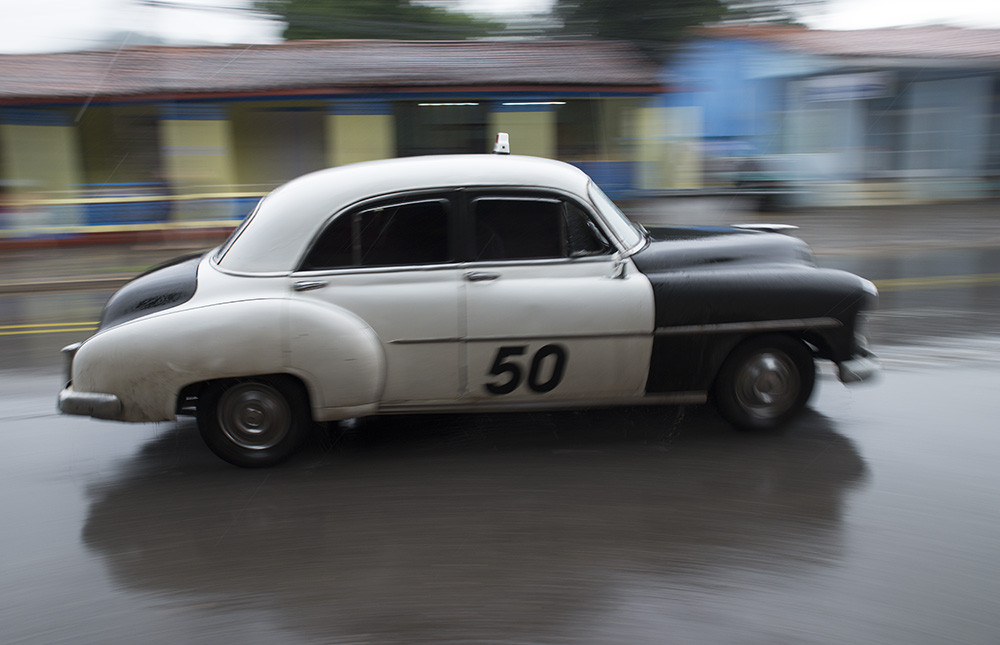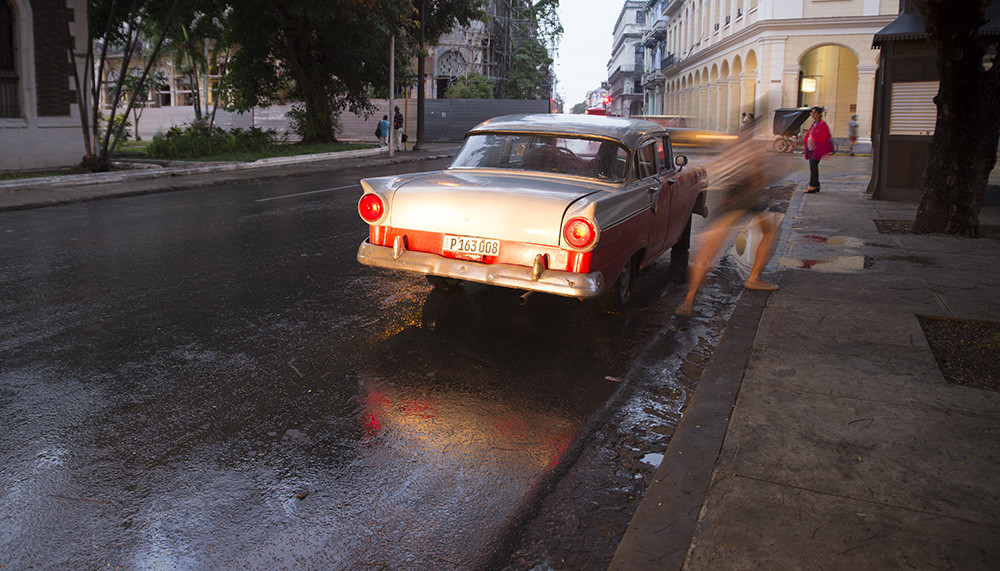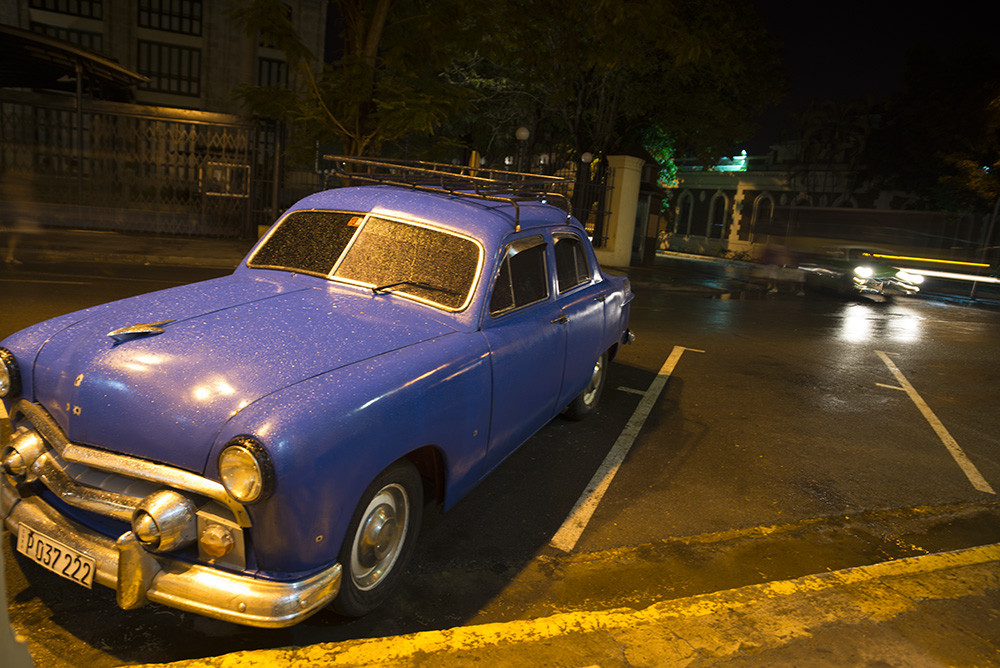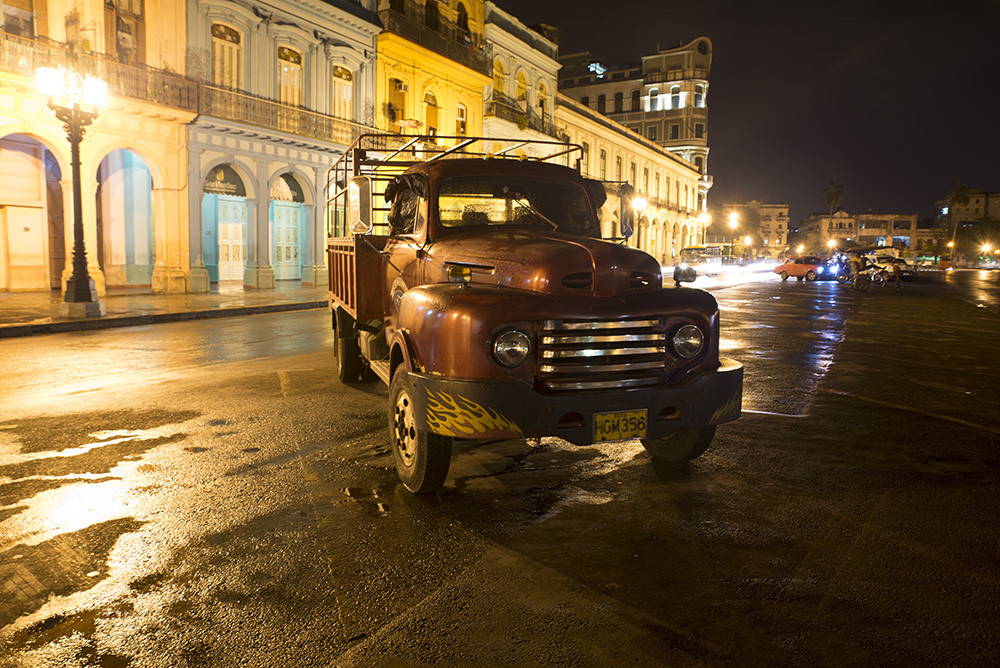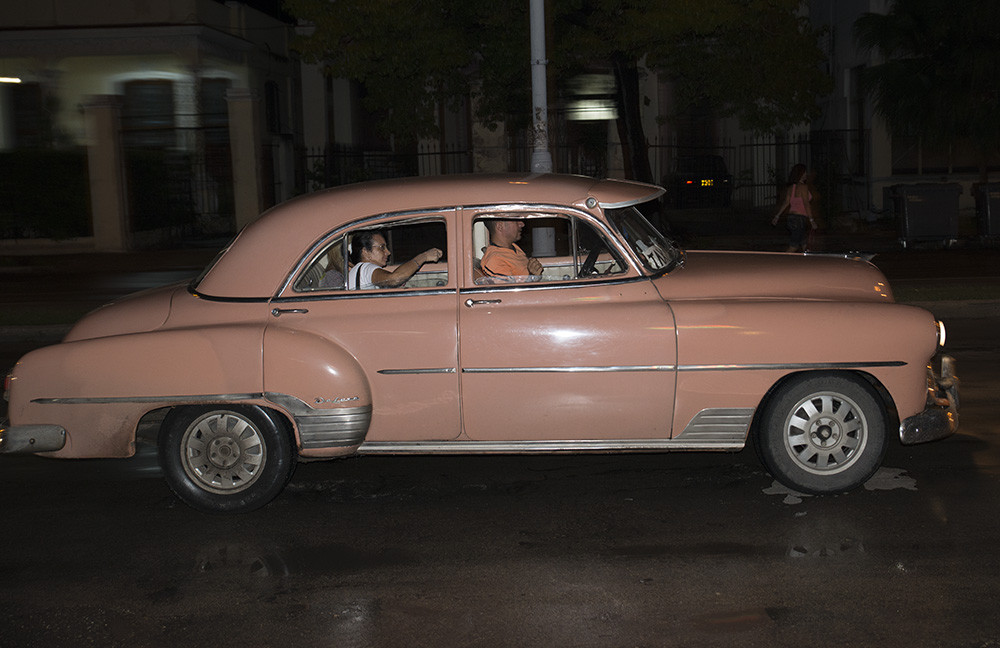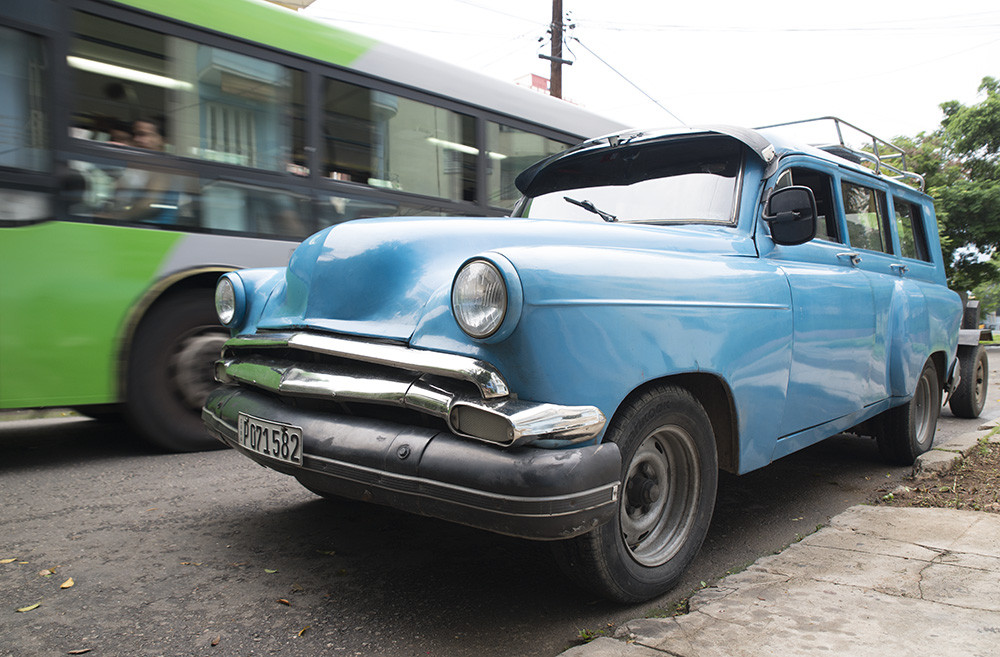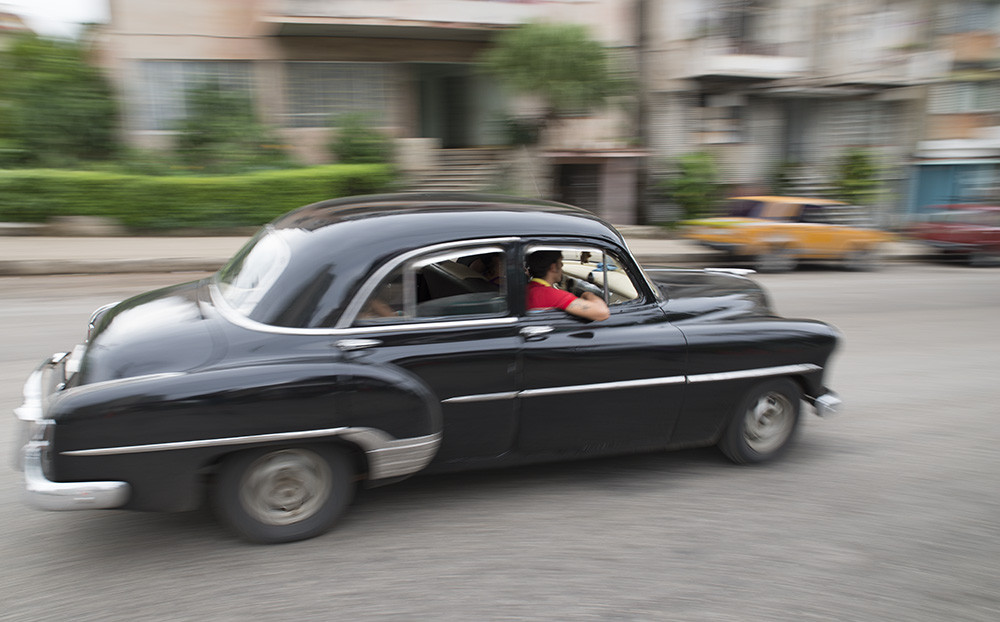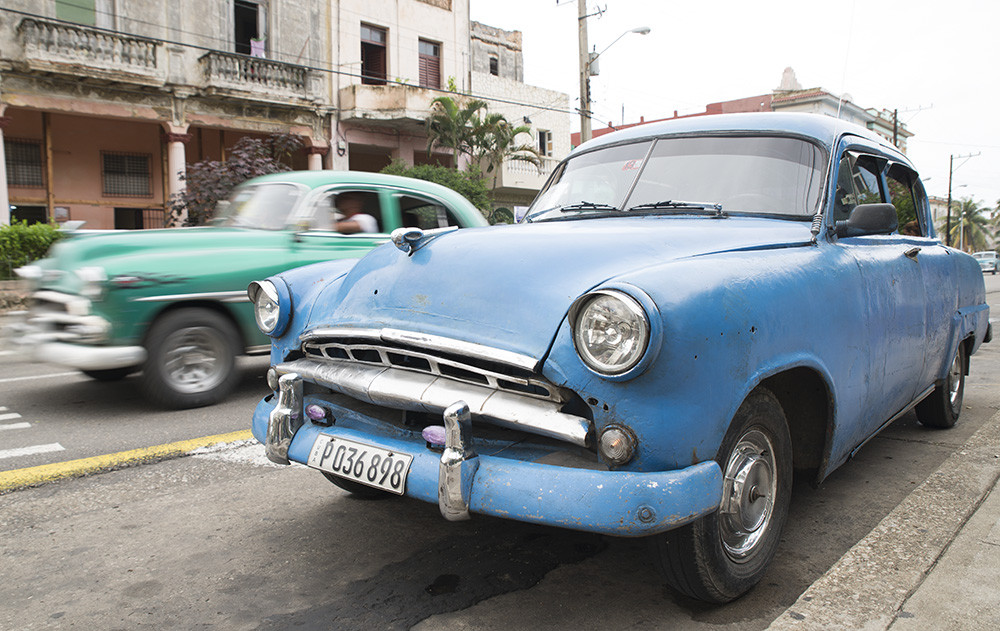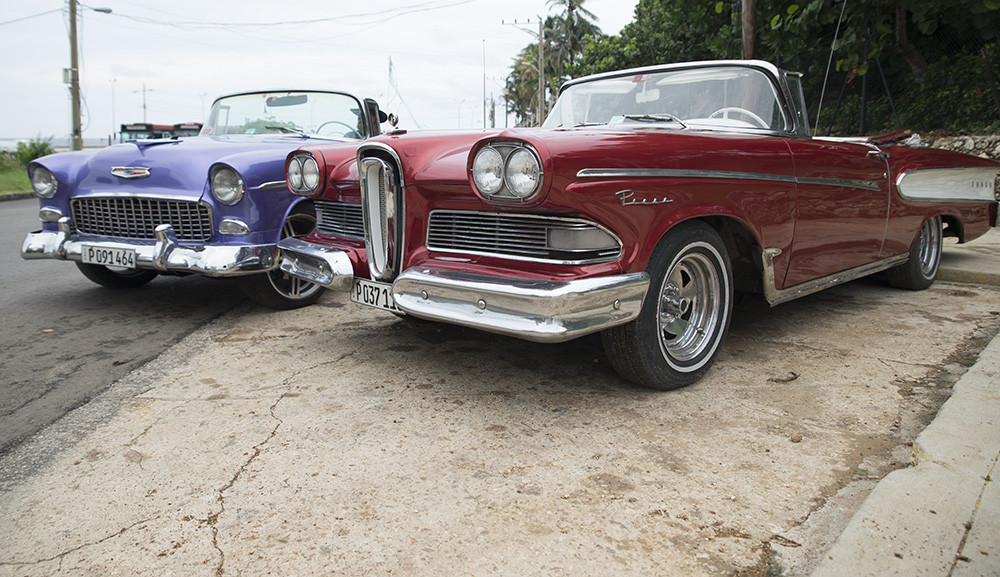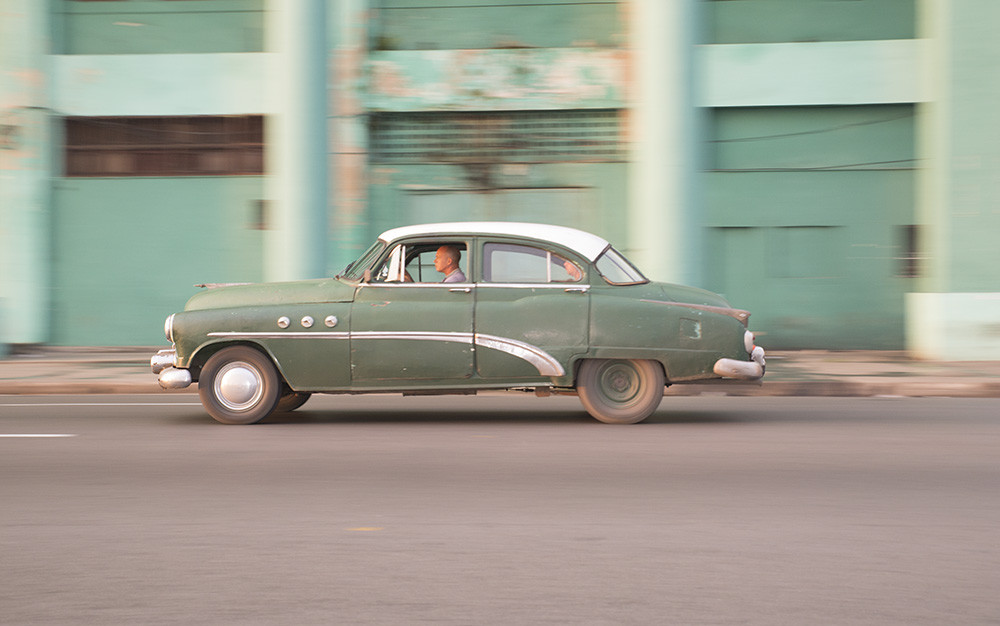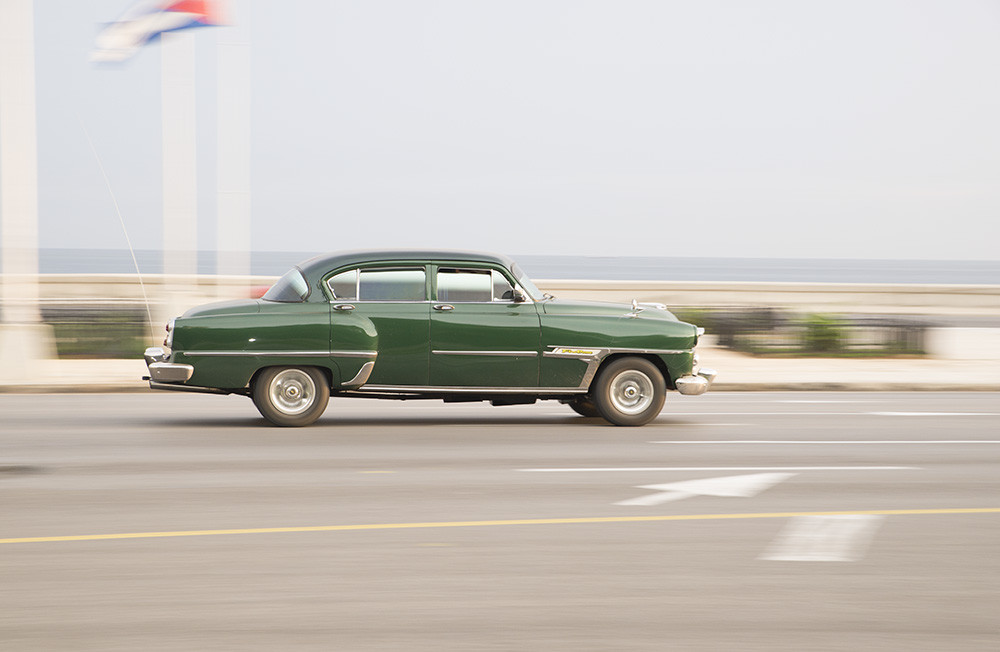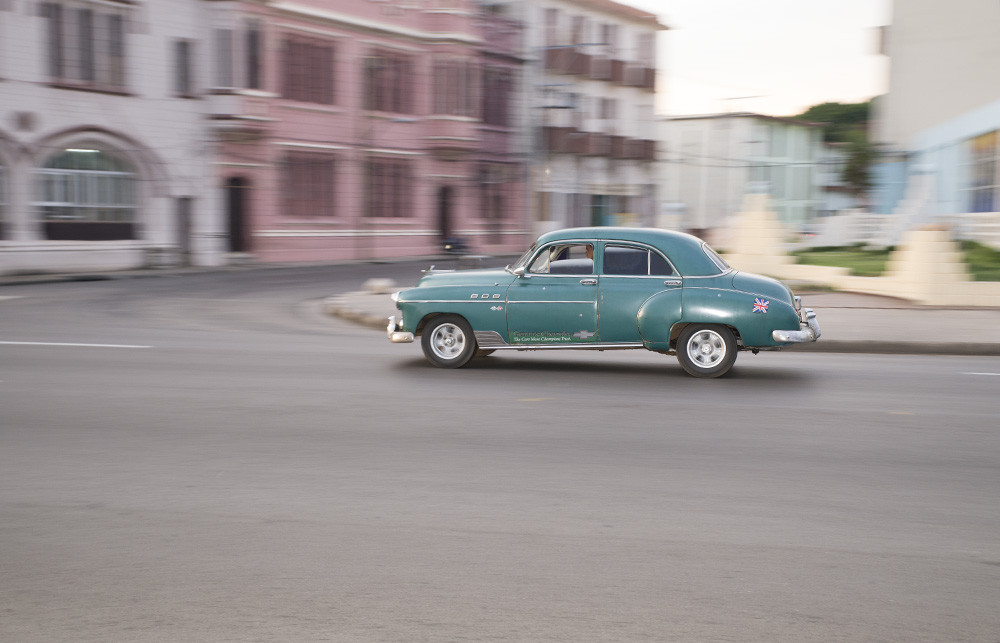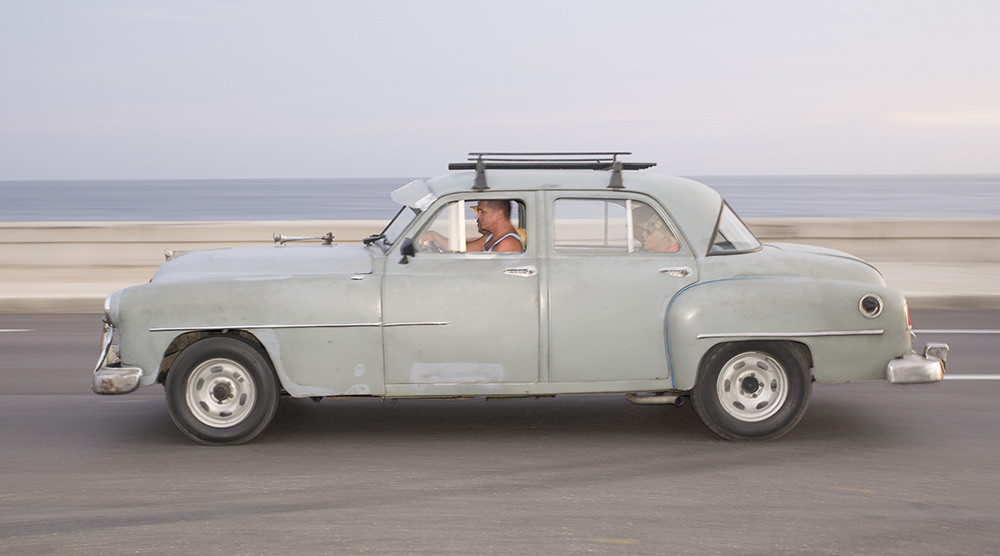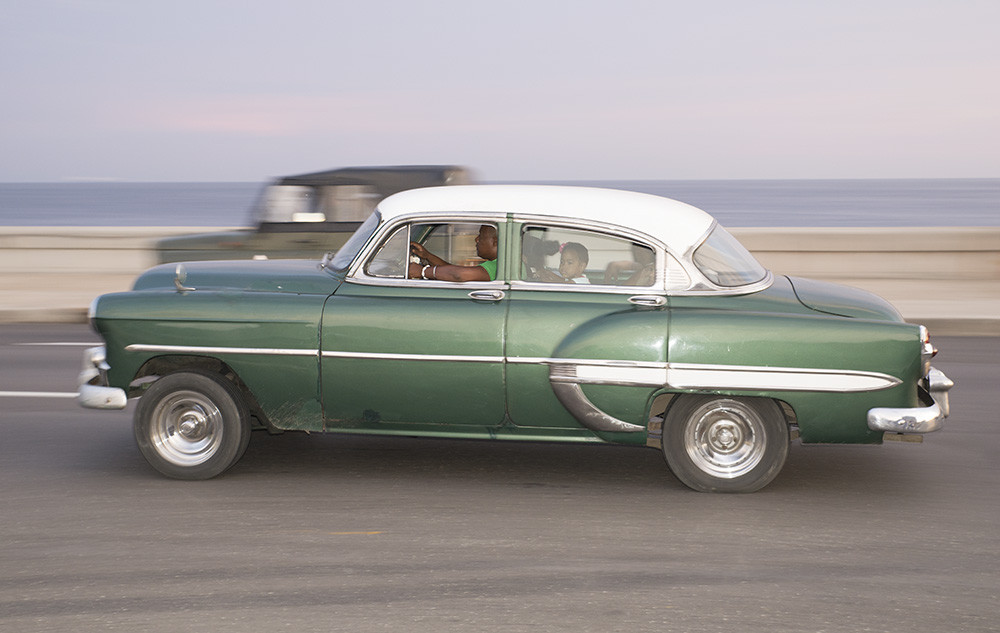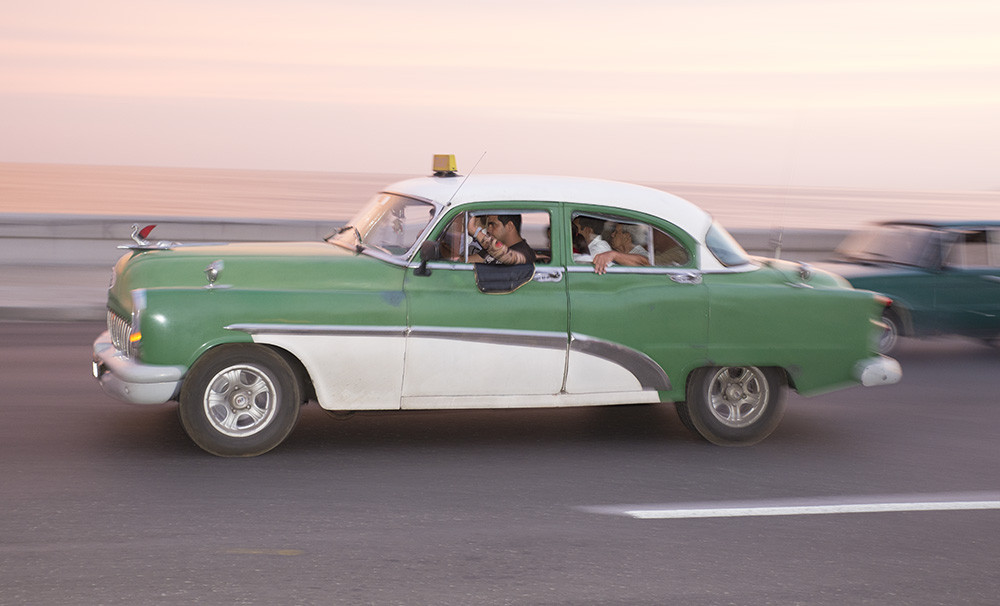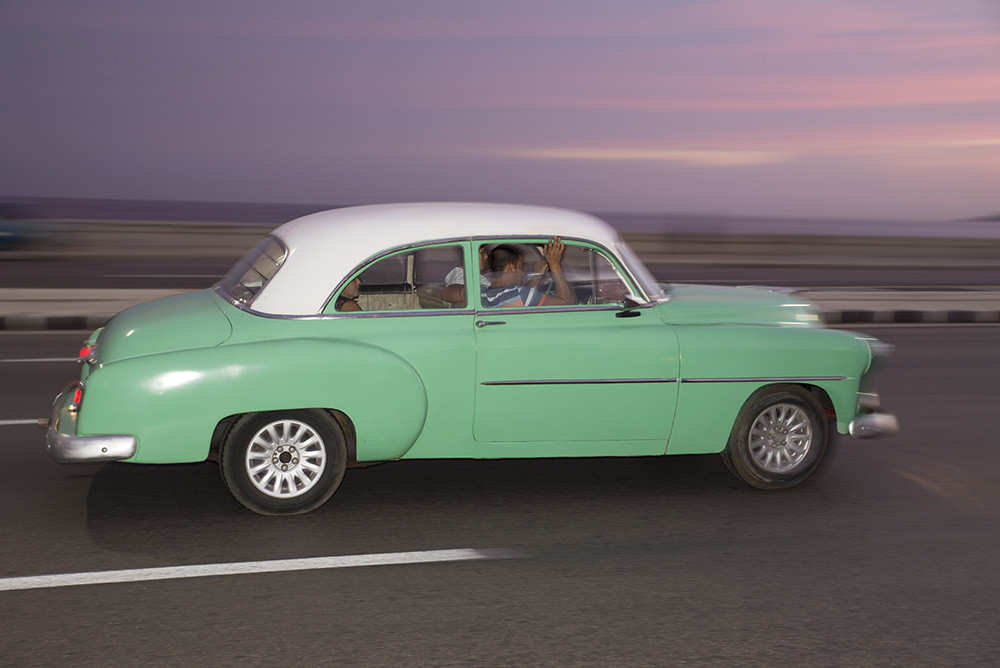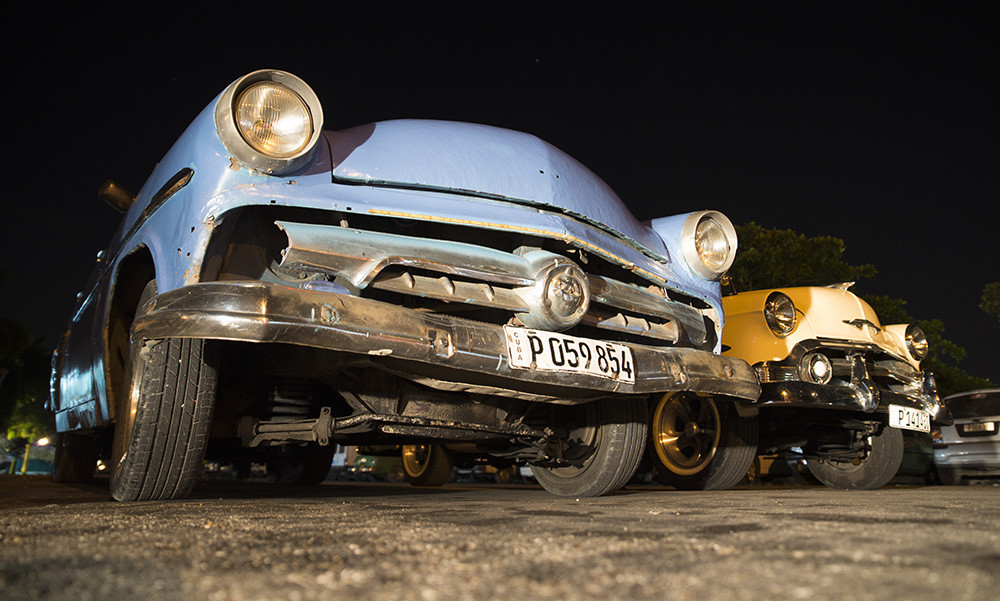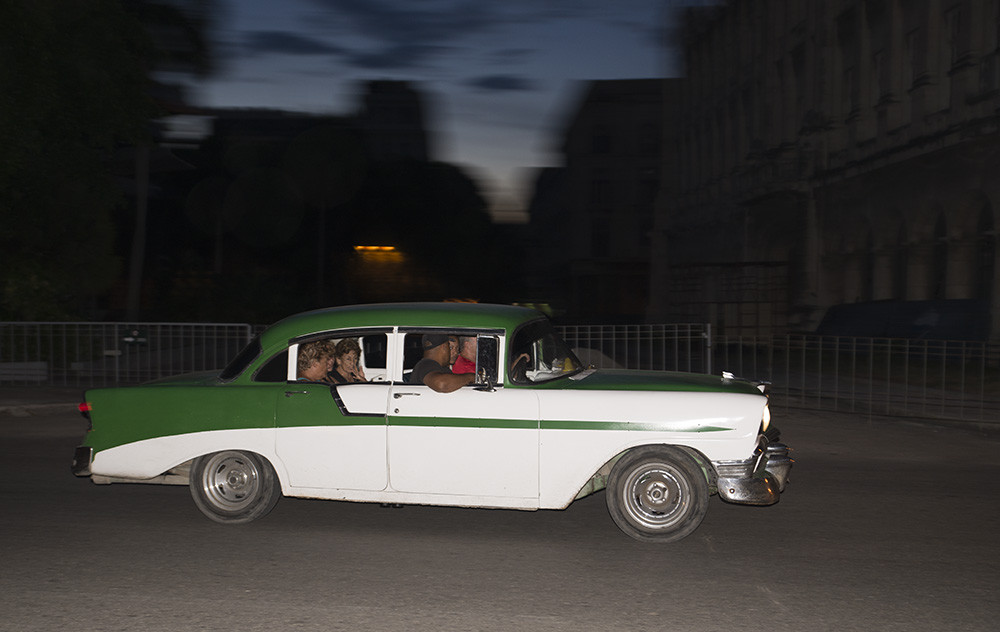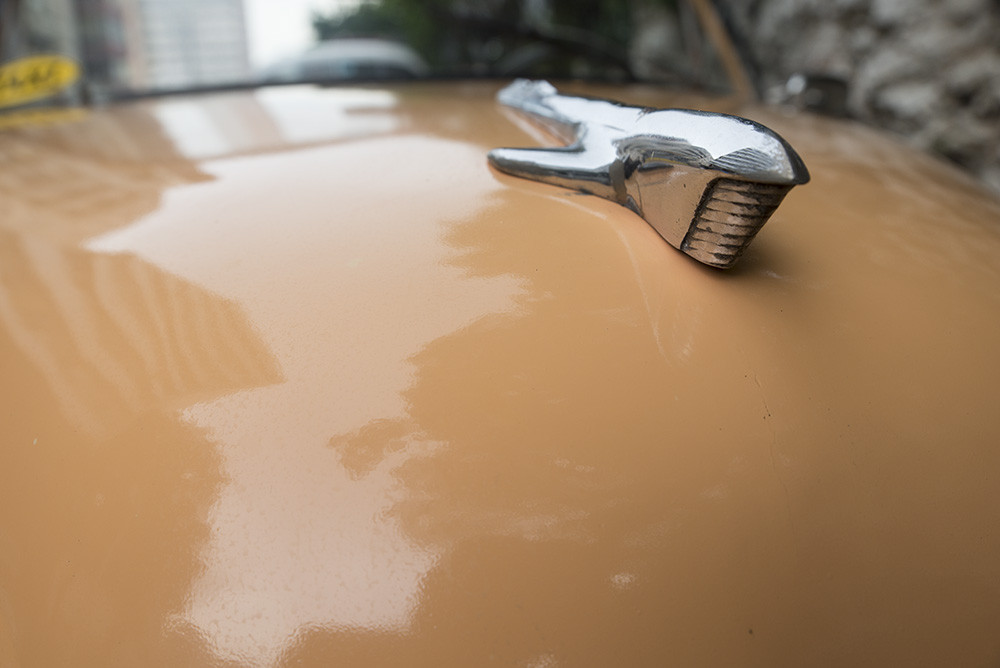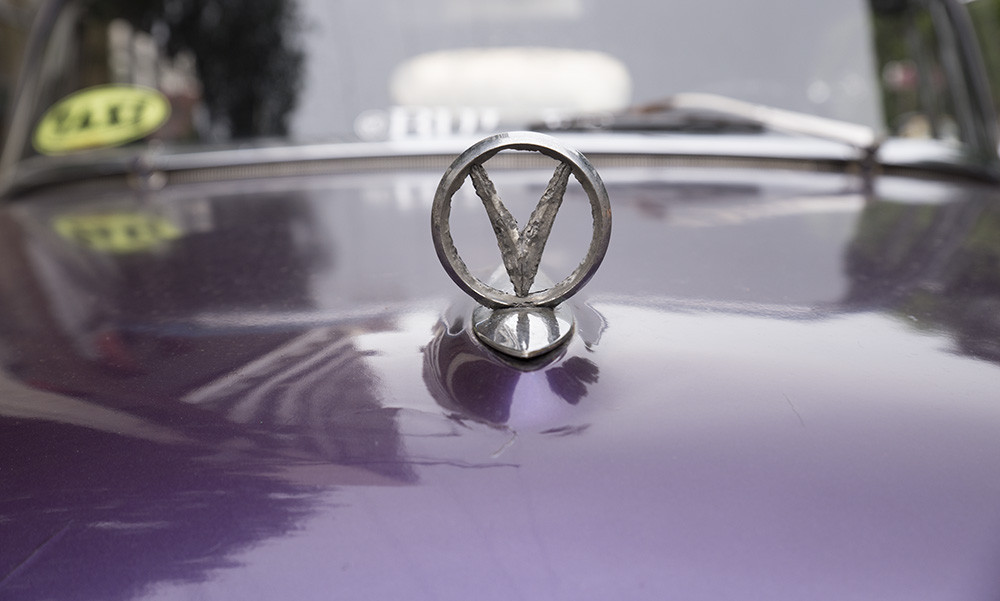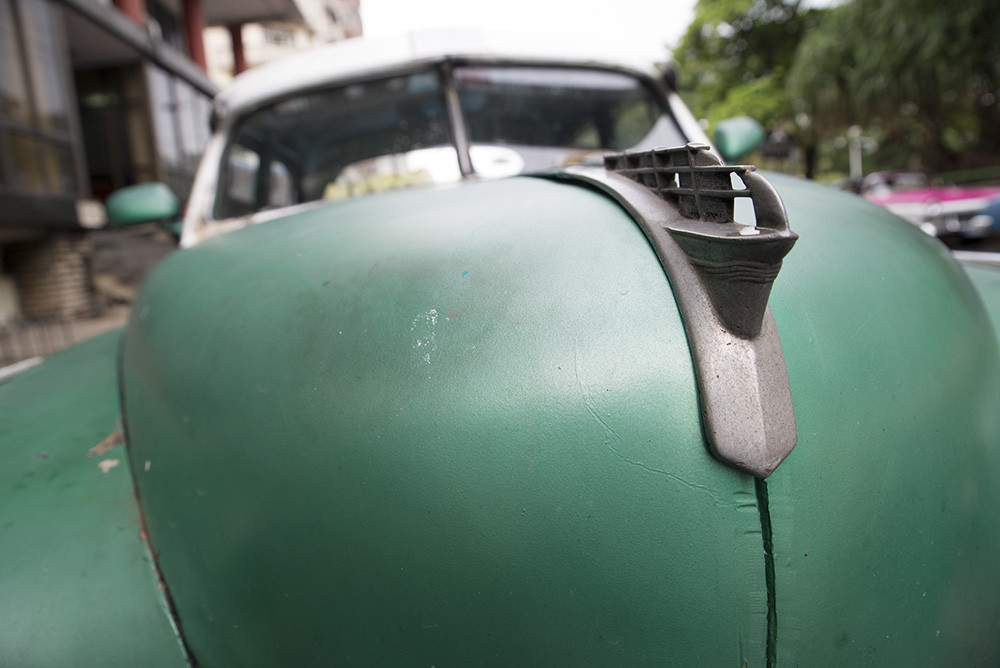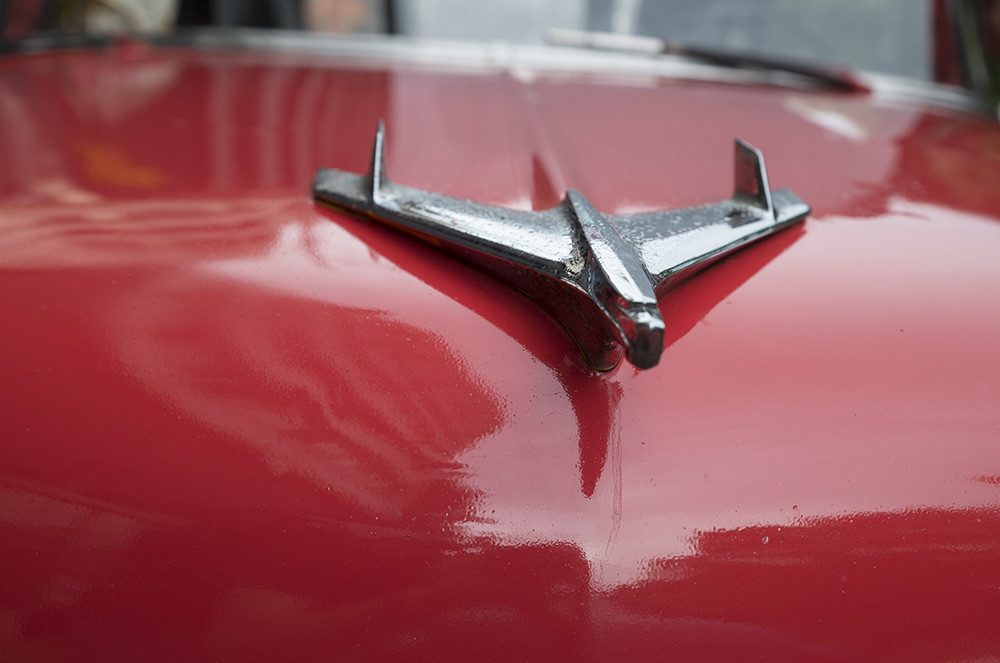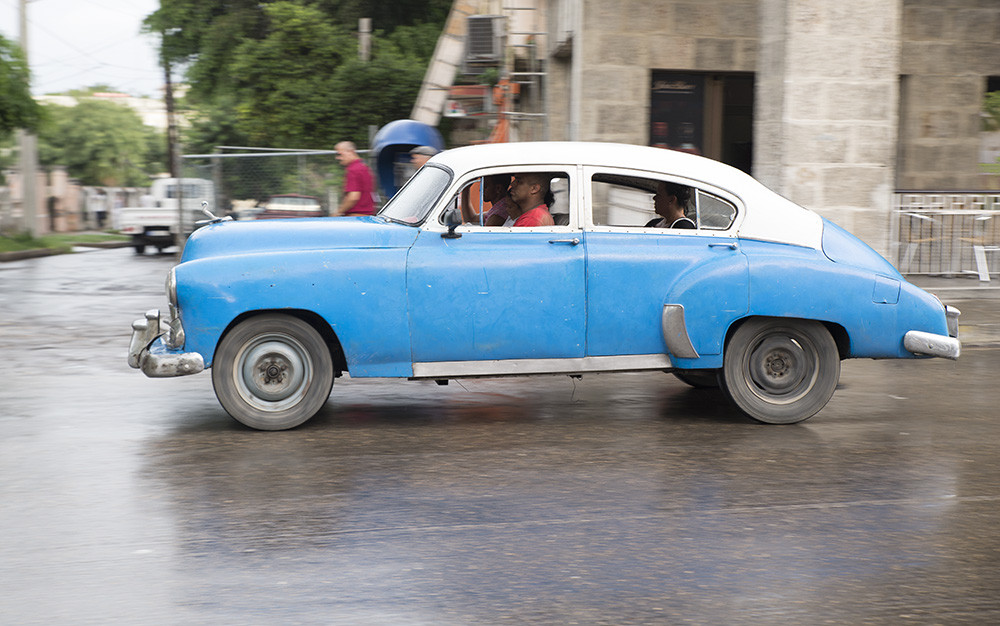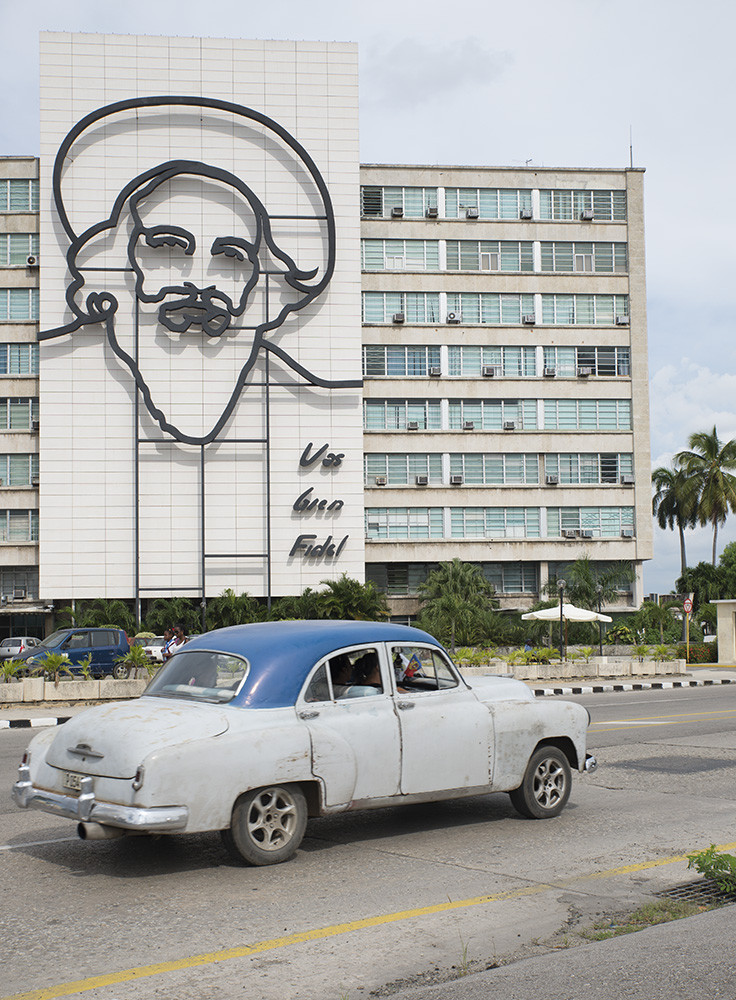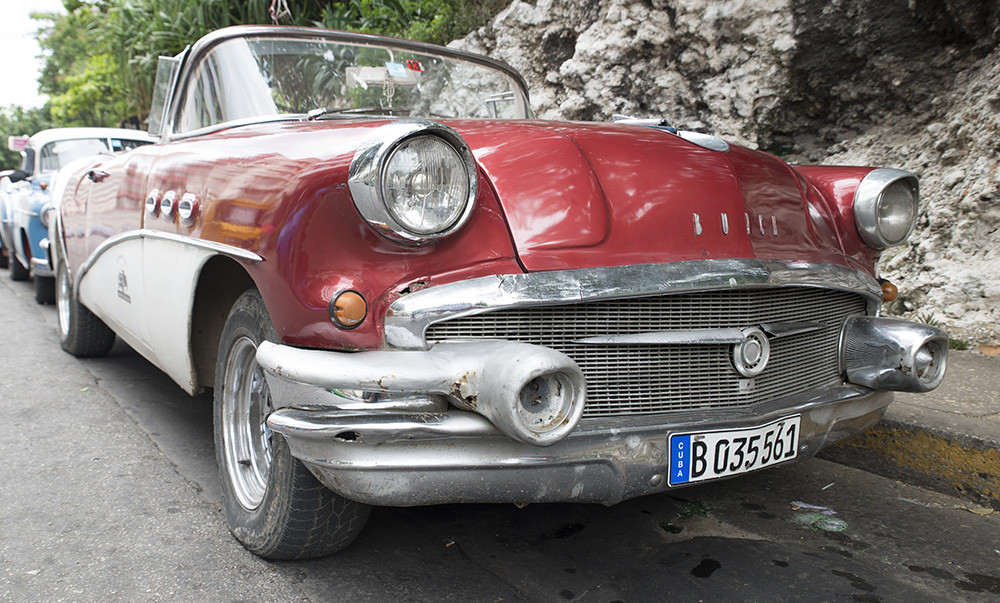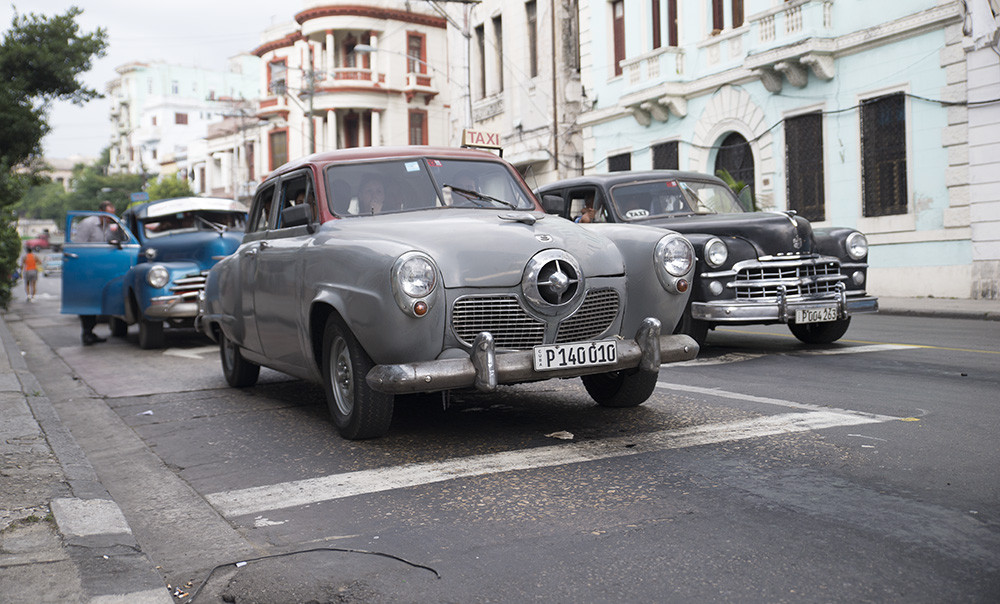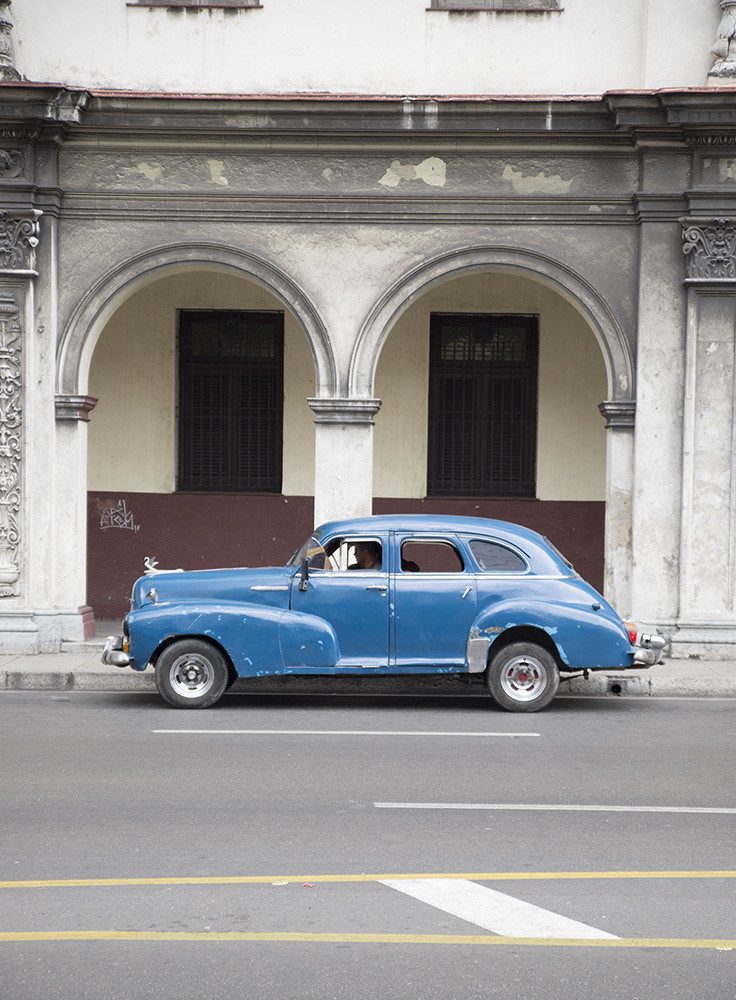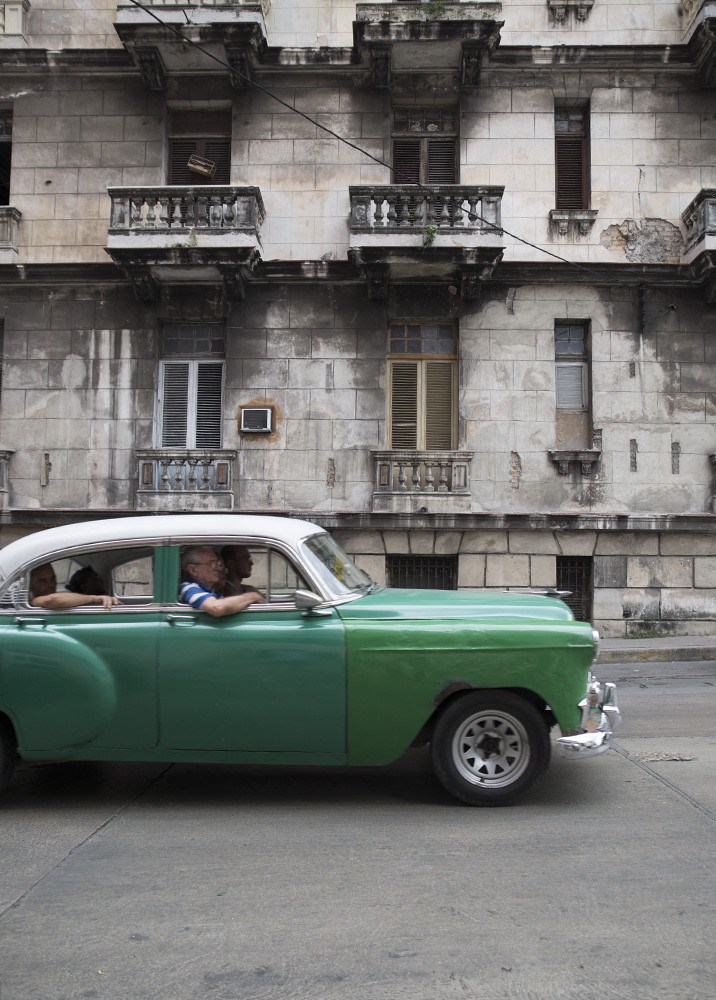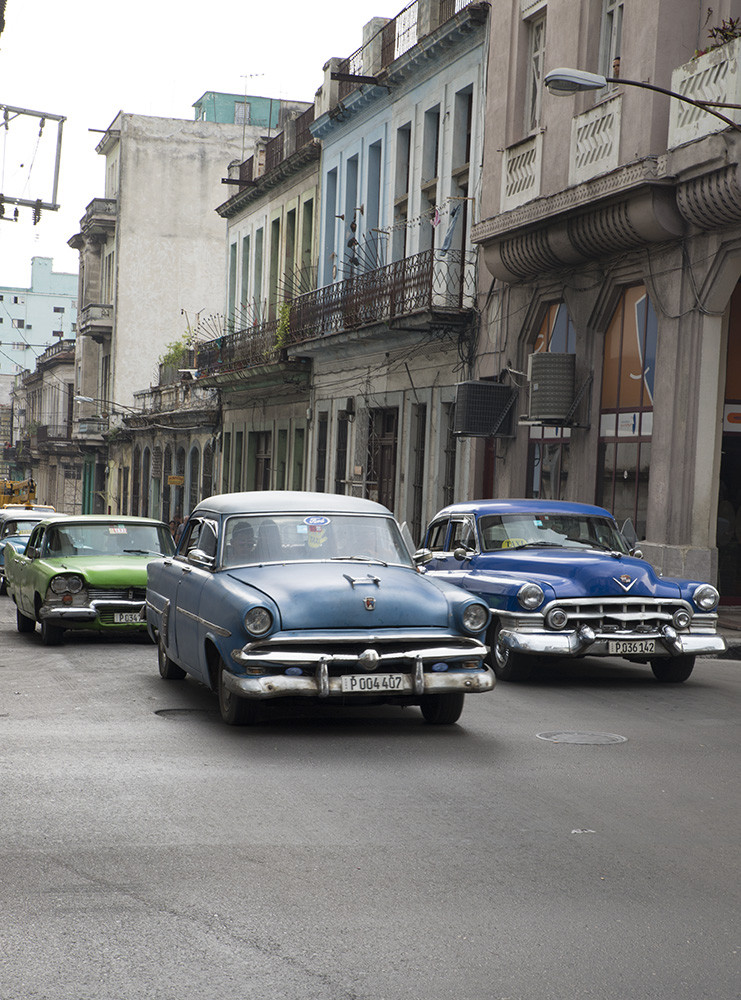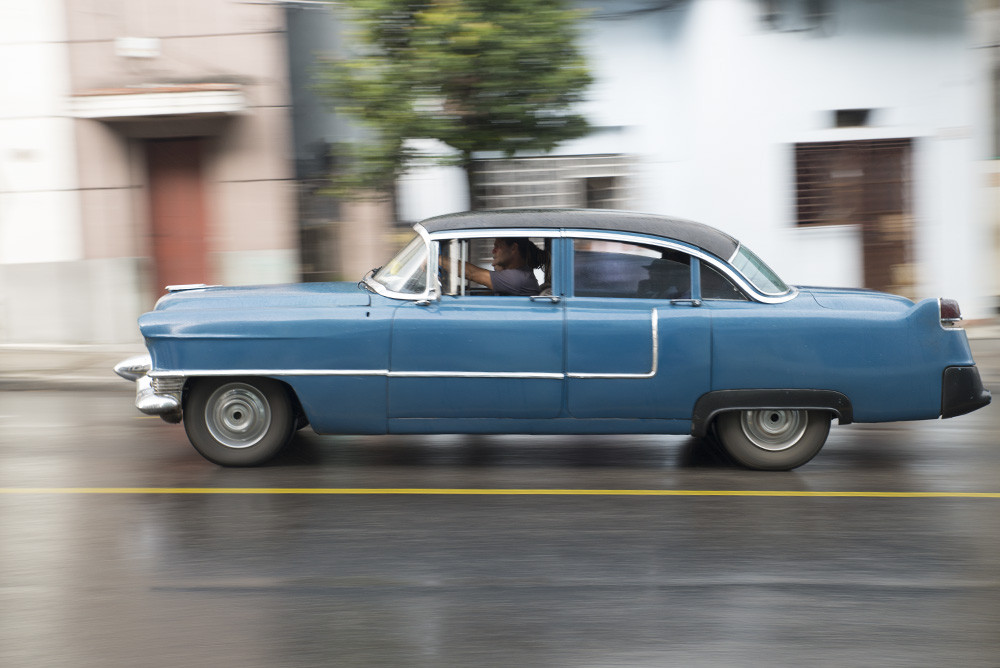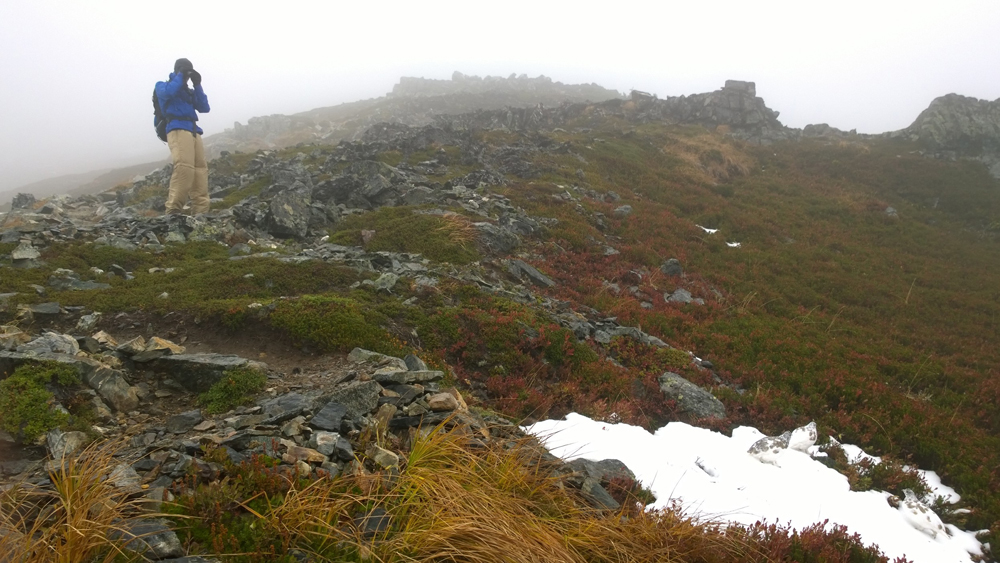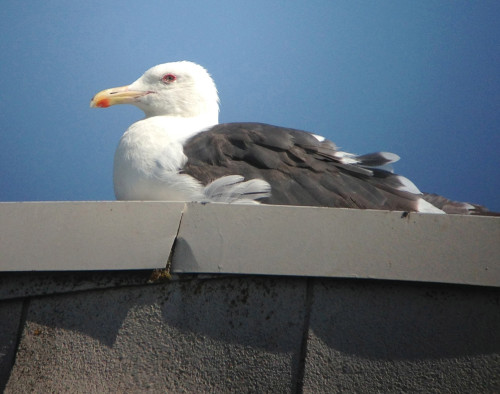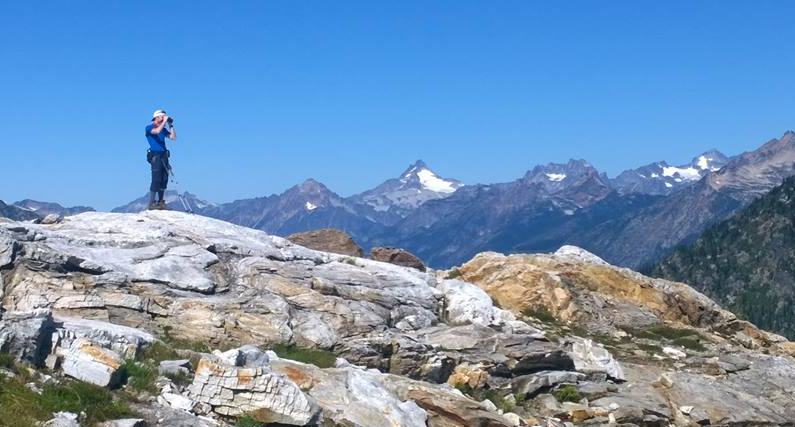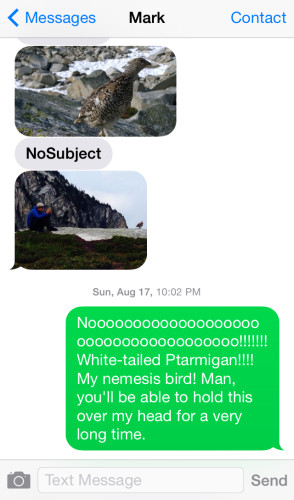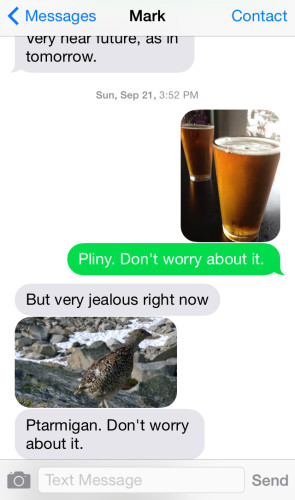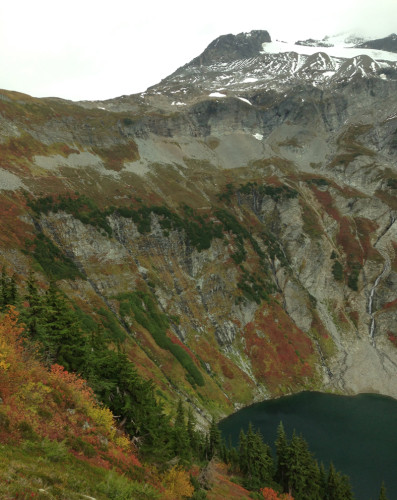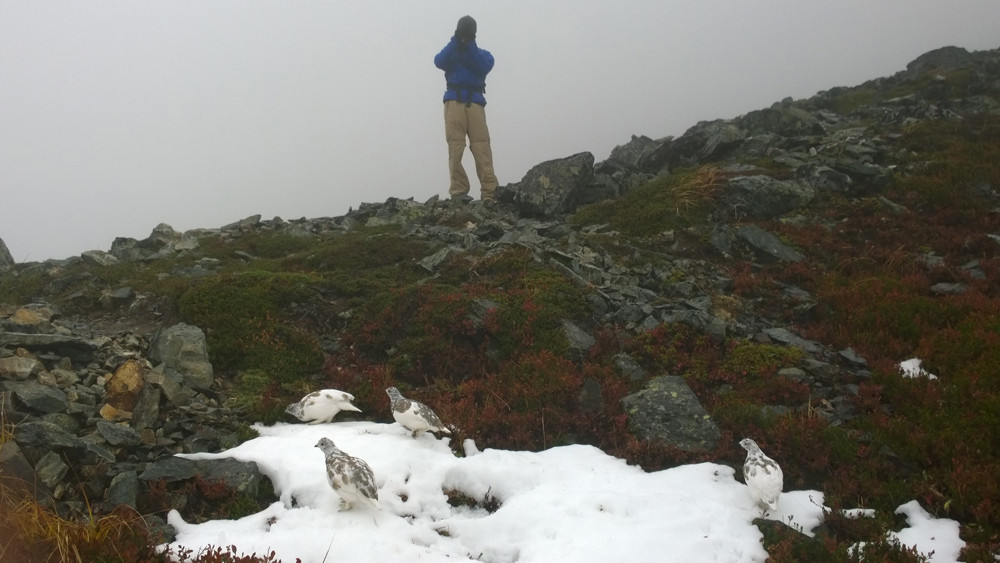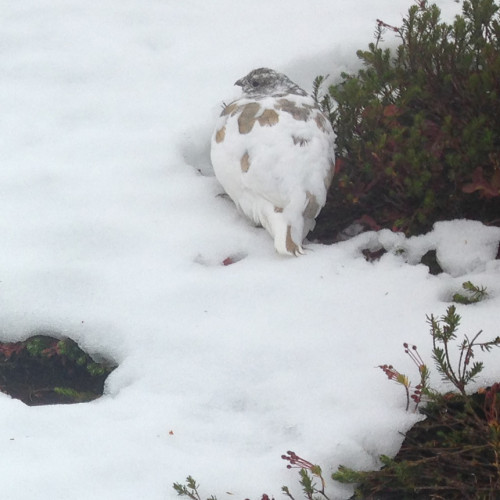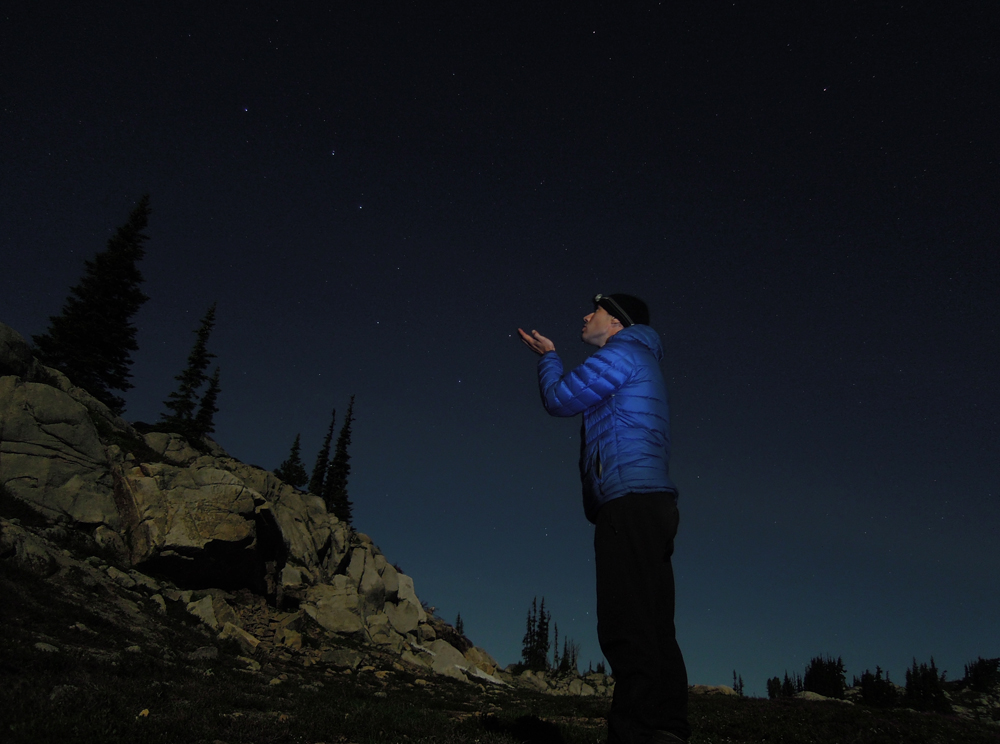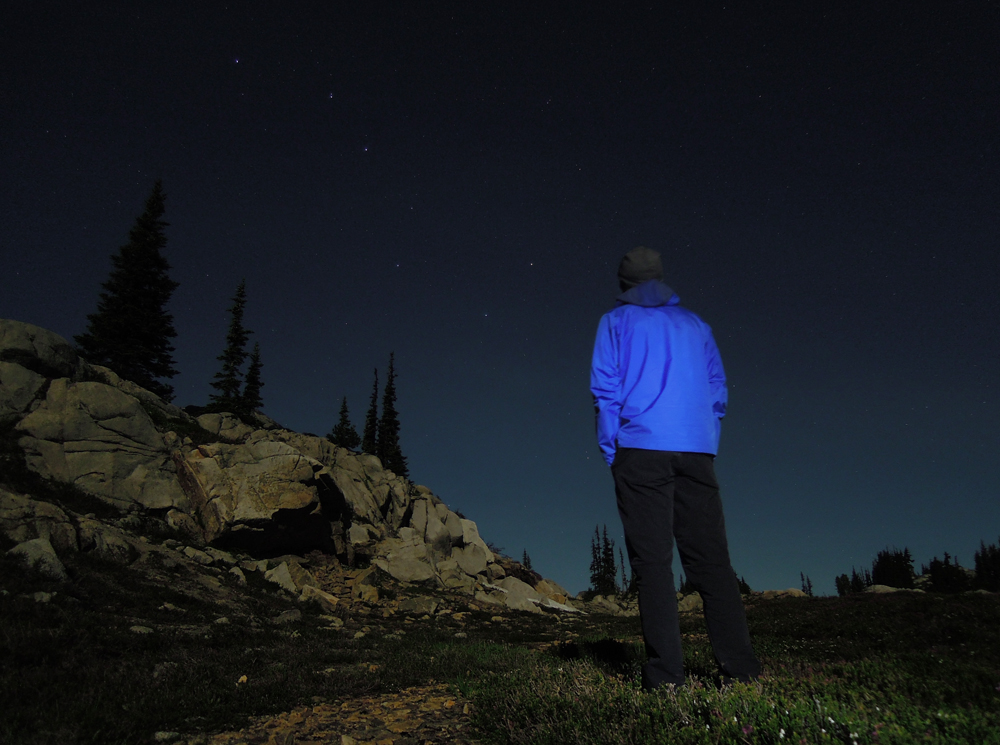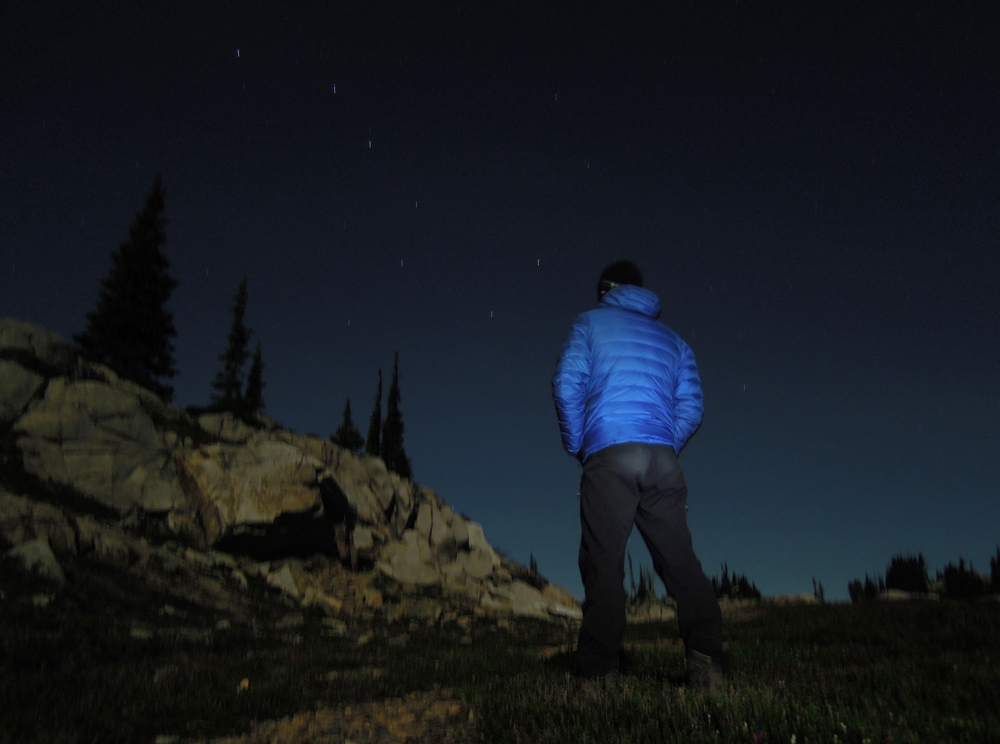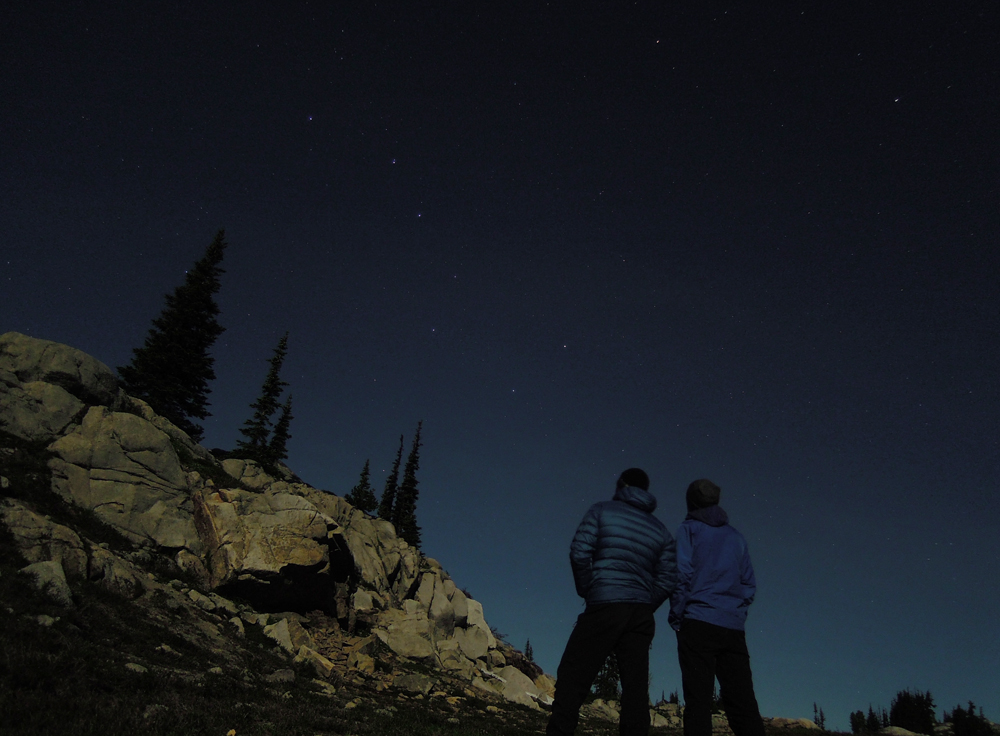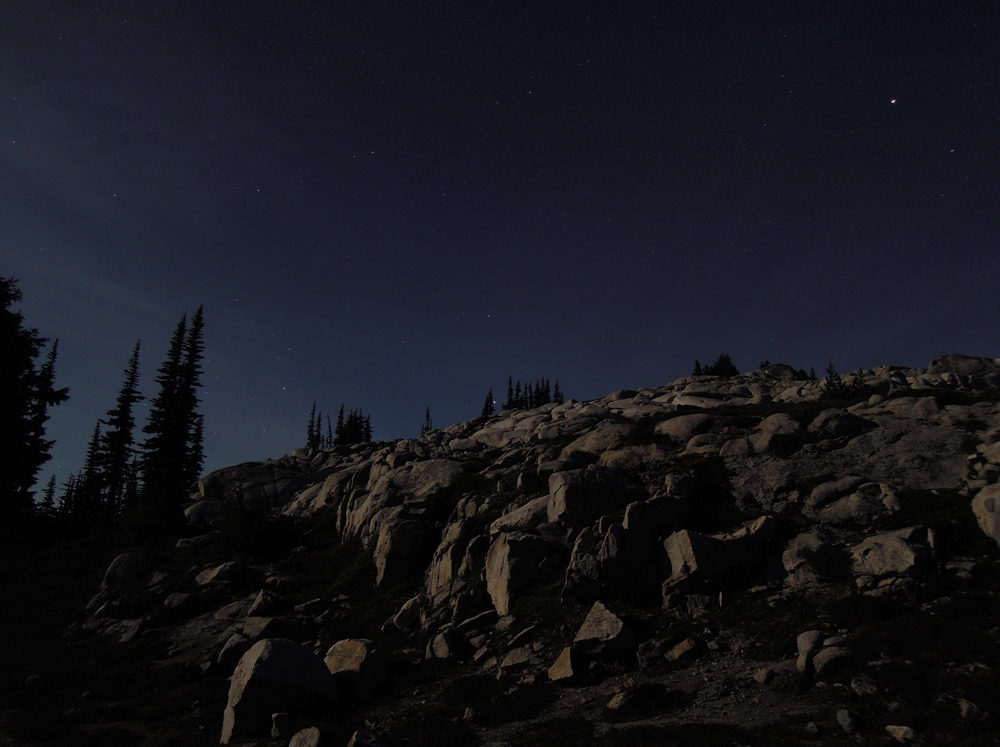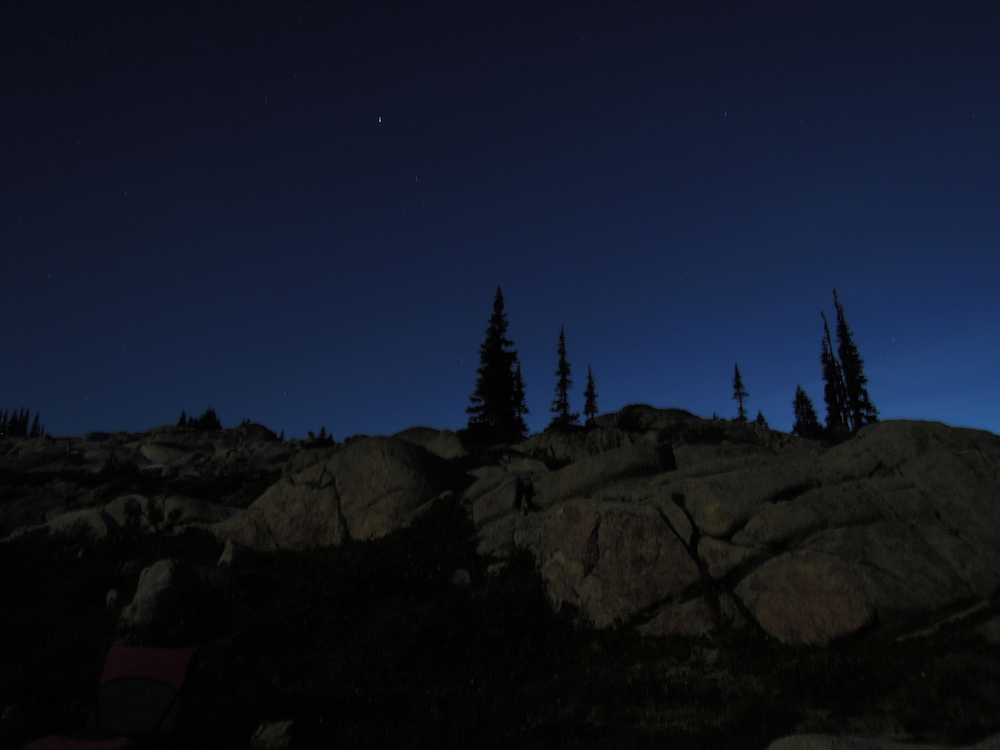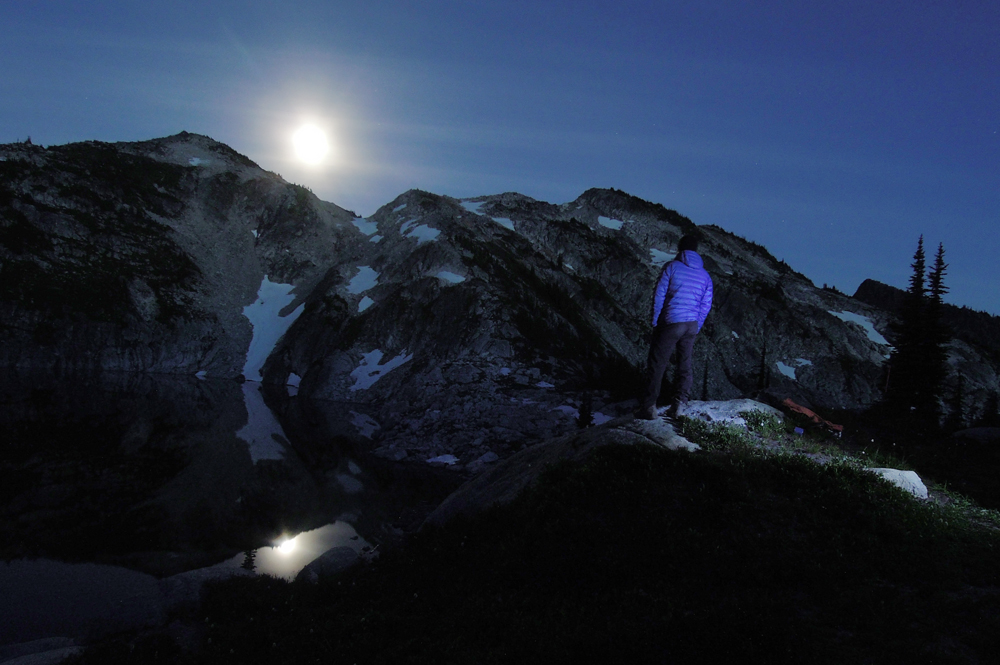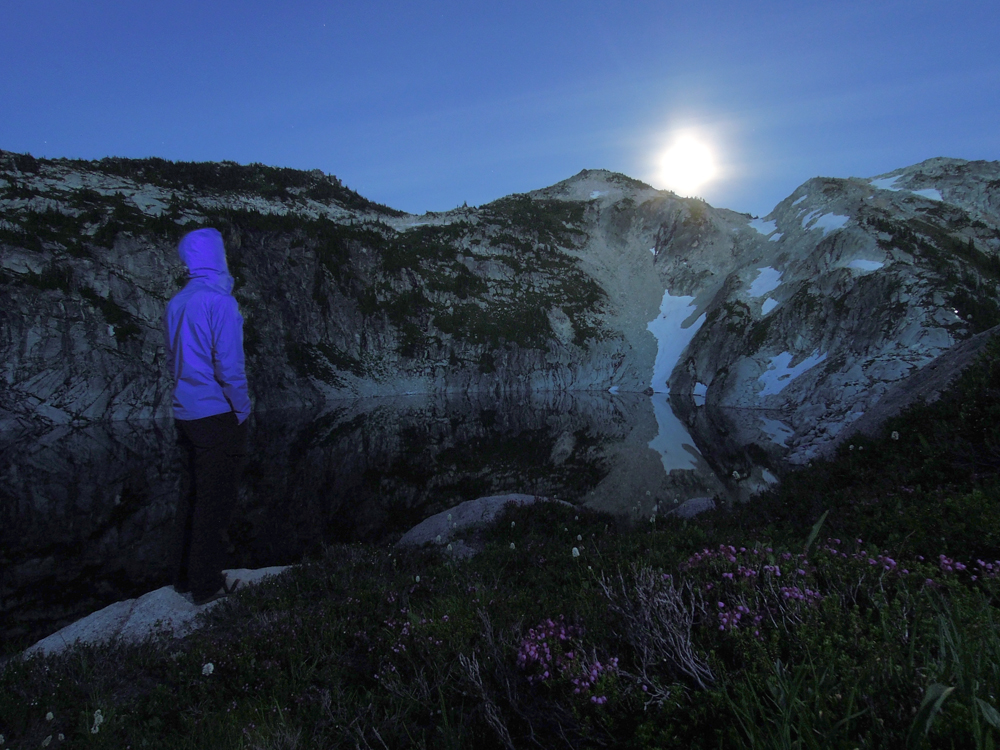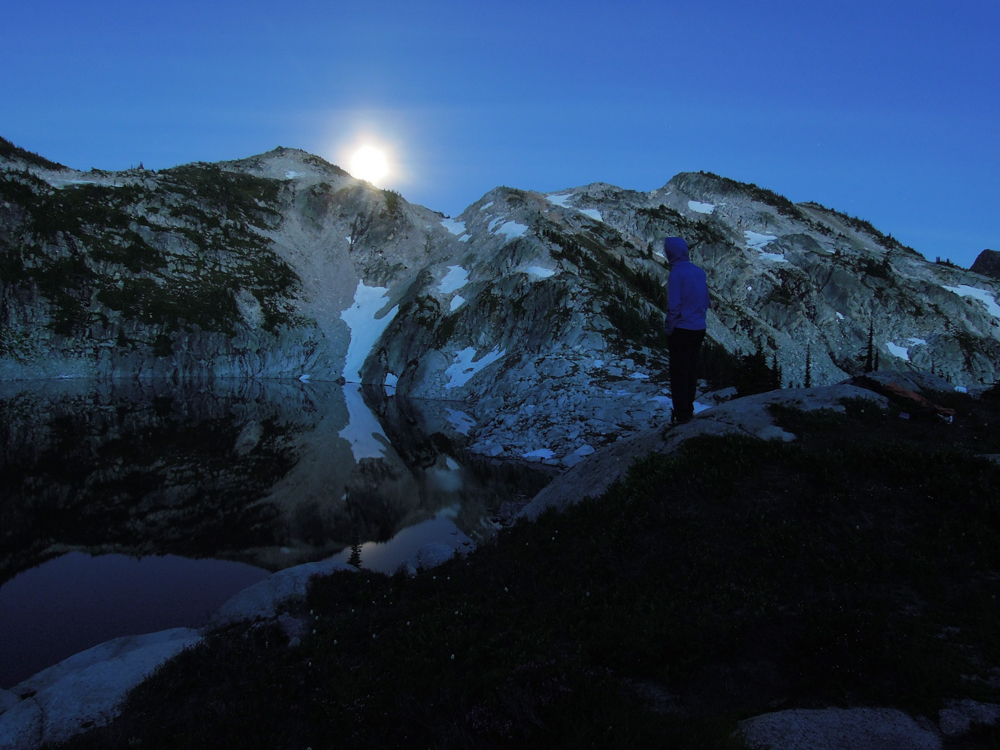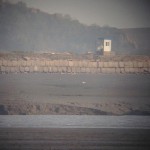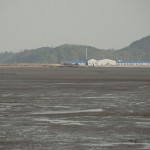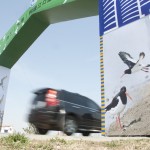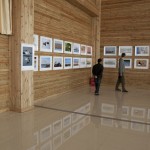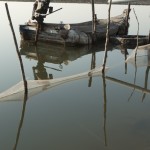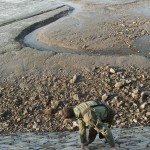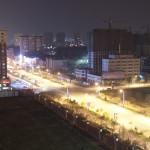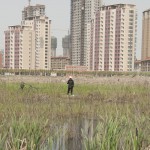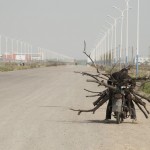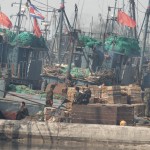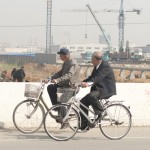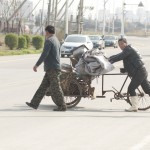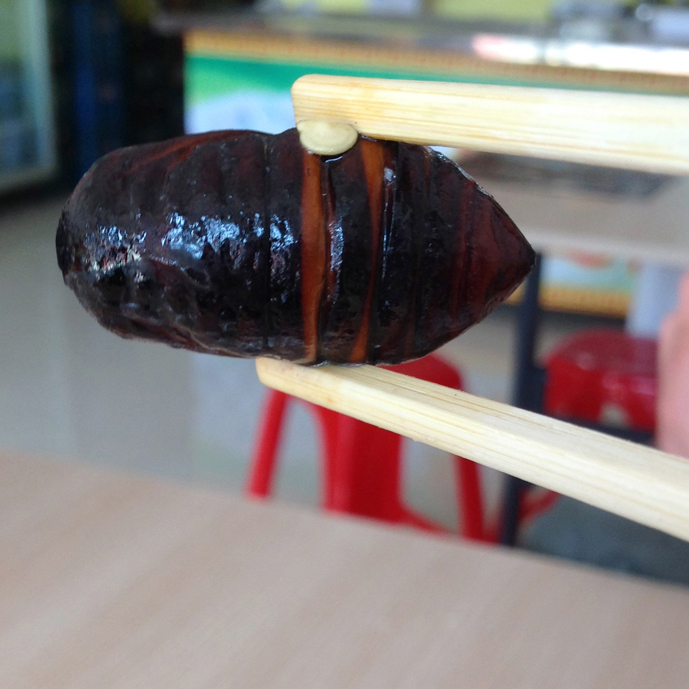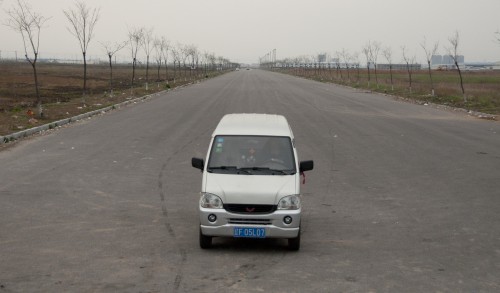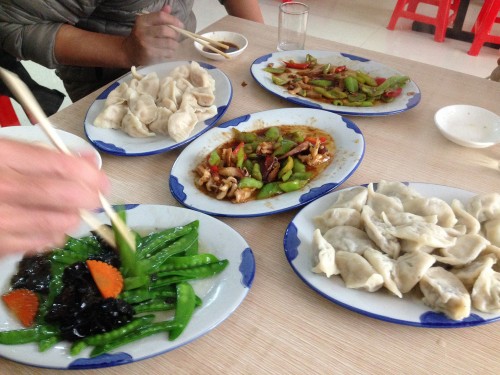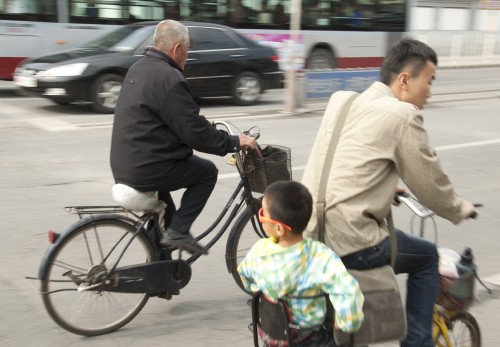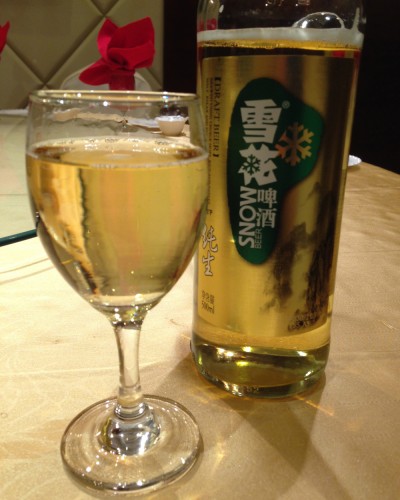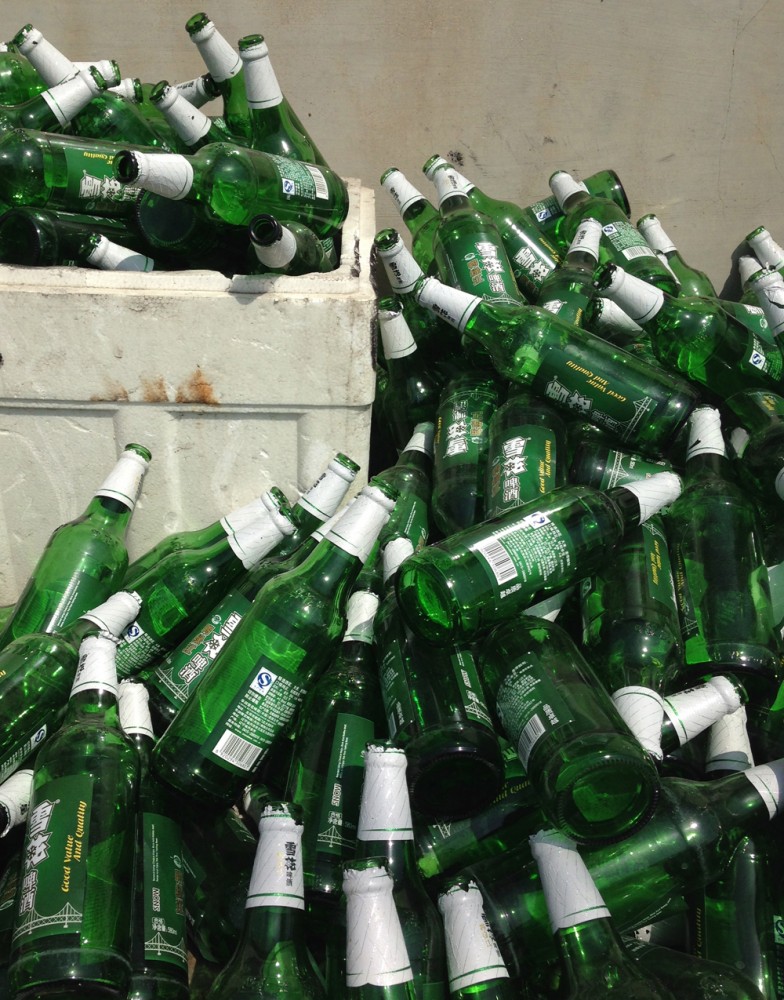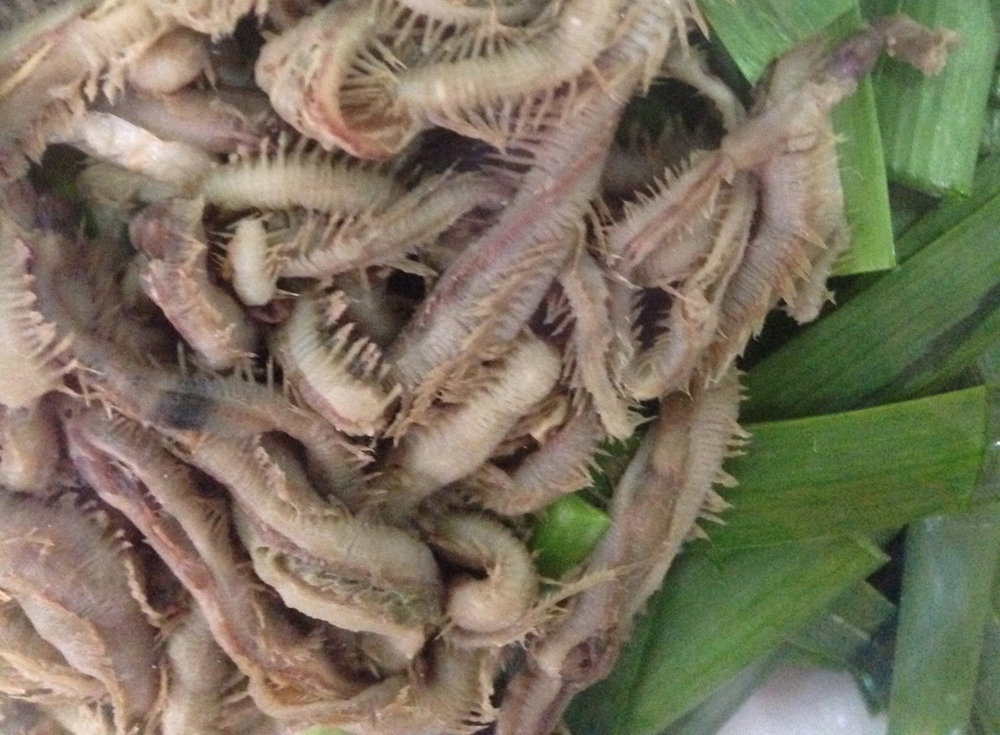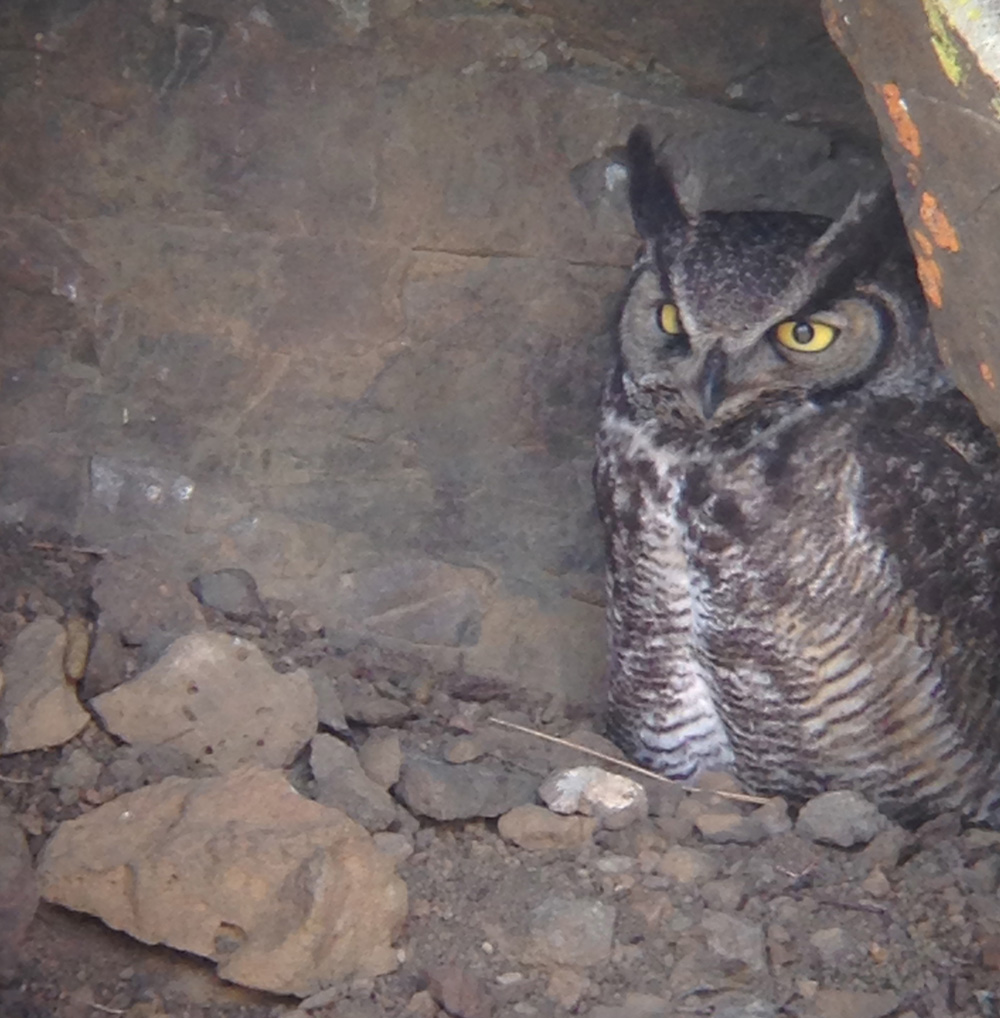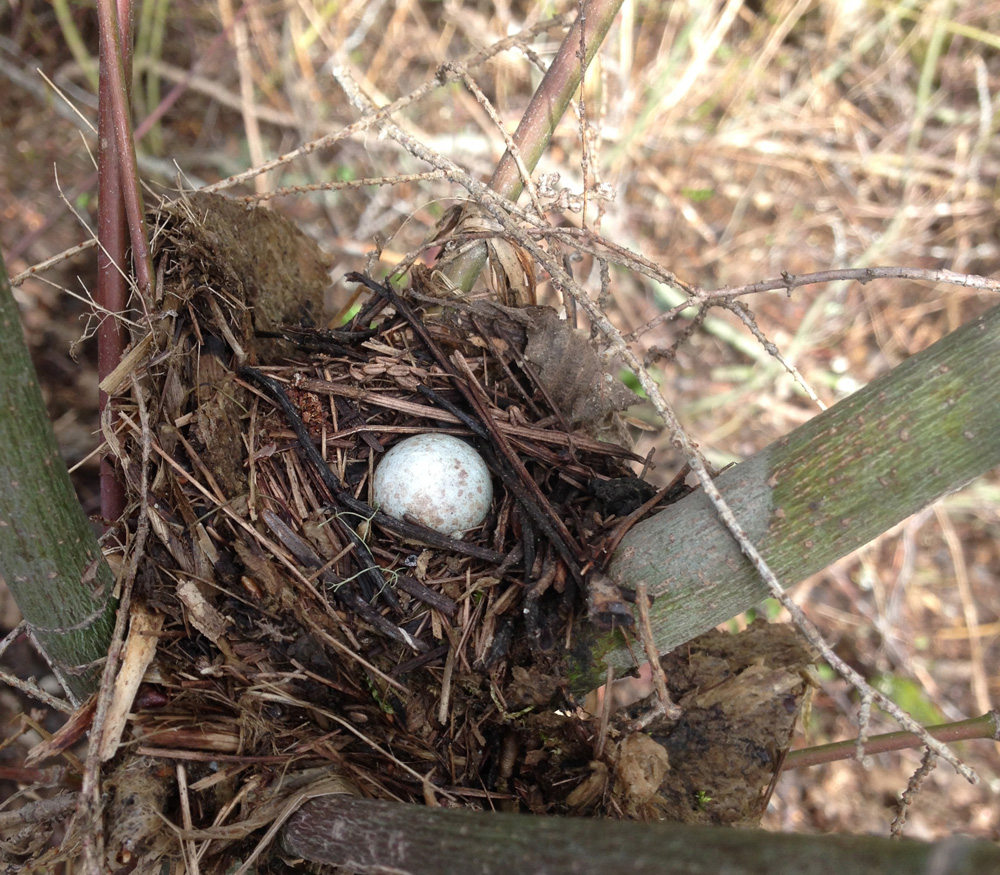“Oh, you’re trying to find as many species as possible today?”
I was a bit stupefied when these words came out of the mouth of our Trinidadian guide. It was early afternoon, a full eight hours into our Birdathon, and it appeared that the foundational strategy for the 24-hour challenge hadn’t yet sunk in.
Toby Ross, close friend, nature lover and Seattle Audubon employee, and I were just beginning our week-long vacation in Trinidad and Tobago at the renowned Asa Wright Lodge, perched on top a verdant mountain valley on the tropical island of Trinidad. Birdwatchers travel here from around the world to see colorful species from North America and the Caribbean mix with denizens from South America, located just ten miles off the countries southern coast.
As a habitat, the tropical rainforest is infamous for straining the necks of birdwatchers who seek fleeting glimpses of parrots, toucans and cotingas high in the dense canopy above. At Asa Wright, you can sit comfortably—coffee in hand—from the lodge’s well-situated veranda and effortlessly spot birds on treetops down valley, all while dozens of species of colorful hummingbirds and tanagers visit feeders almost directly in front of your face.
As Toby and I planned a full-day effort in an environment replete with unfamiliar species and sounds, we knew that local knowledge was necessary to find as many species as possible. But when birding is so easy, and in a region already renowned for a unhurried approach to life, it was hard to instill the urgency required for a “Big Day.” Our requests for private guides at the front desk were met with counteroffers to sign up for established tours. Questions to the on-staff naturalists about which habitats would offer the longest species list were met with shrugs and slightly bewildered expressions.
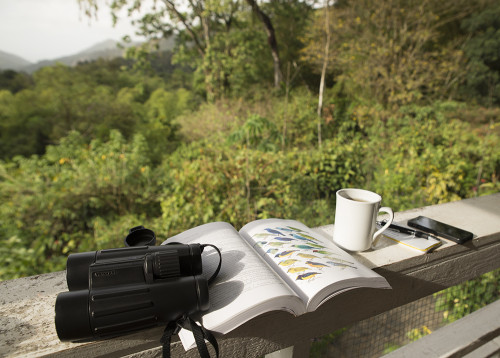
It was pretty clear that Birdathon this year was going to be different.
Truth be known, it wasn’t difficult to adopt an approach more agreeable to our Caribbean hosts. Compared to previous Birdathons, my normally long drives to prime birding areas were replaced with a short, sleepy shuffle to the famous verandah. And when I first raised my binoculars to my eyes, my usual “first birds” – Dark-eyed Junco, American Robin, House Finch – were replaced with Spectacled Thrush, Crested Oropendola and Orange-winged Parrot.
We were indeed a long way from home.
The excitement continued; another forty species – and a cup of coffee – followed those first three before we sat down to a quickly consumed breakfast. (In order of appearance).
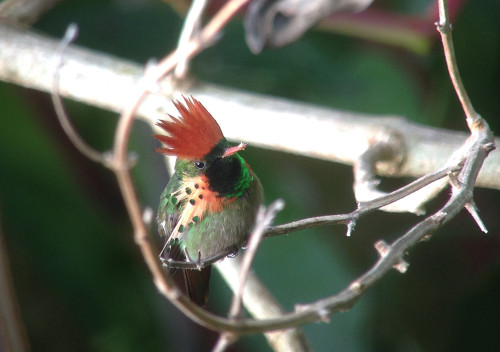
Tufted Coquette
Spectacled Thrush
Crested Oropendola
Orange-winged Parrot
Barred Antshrike
Silver-billed Tanager
Great Kiskadee
Palm Tanager
Cocoa Thrush
Wattled Bellbird
Banaquit
Green Honeycreeper
Violaceous Euphonia
White-banded Tanager
White-necked Jacobin
Gray-fronted Dove
White-chested Emerald
Tufted Coquette
Blue-throated Mango
Yellow Oriole
Golden-olive Woodpecker
Blue Dacnis
Ferruginous Pygmy-Owl
Bay-headed Tanager
Blue-chinned Sapphire
Scaled Pigeon
Long-billed Starthroat
Squirrel Cuckoo
Common Black Hawk
Black Vulture
Tropical Mockingbird
Coppery-rumped Hummingbird
Double-toothed Kite
Shiny Cowbird
Purple Honeycreeper
House Wren
Red-legged Honeycreeper
Rufous-breasted Hermit
Black-tailed Tityra
White Hawk
Piratic Flycatcher
Turkey Vulture
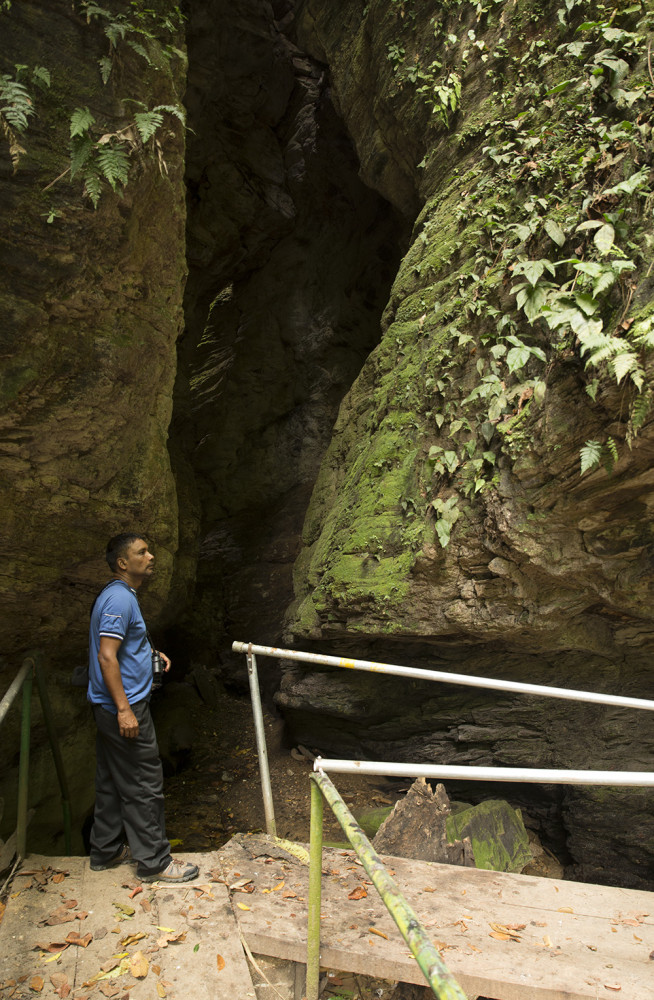
After stuffing fried eggs in our faces, it was time for our 8:30 tour to the famous protected caves which hold a breeding population of oilbirds. This species, which is in its own family, is the only nocturnal, fruit-eating bird in the world. Oilbirds have the face of an owl, the flutter-like flight of a swallow, but the wingspan of a harrier. They howl, growl and click to echolocate in the dark…and this is one of the best places in the world to see them. We were not going to see a lot of species on this field trip, but our target was obviously special.
Streaked Xenops
Oilbird
Golden-headed Manakin
Euler’s Flycatcher
White-chinned Thrush
Trinidad Motmot
Green Hermit
White-bearded Manakin
We were back at the lodge by 10:30 to meet Mahese (mah-HEESE), our private guide for the remainder of the day. We dutifully explained that we wanted to see as many species as possible. He expressed surprise when we confirmed this strategy several hours later. That being said, he was a wealth of local knowledge. I casually mentioned that it’d be fun to see a Pearl Kite, a small falcon a little larger than a robin. “Oh yeah?” he replied. Within minutes, we were on the side of the road with a scope trained on a thick tangle of branches a top a tree: the head of a Pearl Kite peered back from it’s nest.
We were at the entrance to the Arima Agricultural Station, a grassy area known for its birds and the hybrid water buffalo / brahma cows that are bred there. Highlights were a pair of a small flock of Green-rumped Parrotlets and a pair of roosting Tropical Screech-Owls.
Southern Rough-winged Swallow
Rock Dove
Pearl Kite
Tropical Kingbird
Carib Grackle
Ruddy Ground-Dove
Red-breasted Blackbird
Southern Lapwing
Grassland Yellow-Finch
Wattled Jacana
Savanna Hawk
Yellow-chinned Spinetail
White-headed Marsh-Tyrant
Pied Marsh-Tyrant
Gray-breasted Martin
Cattle Egret
White-winged Swallow
Green-rumped Parrotlet
Tropical Screech-Owl
Blue-gray Tanager
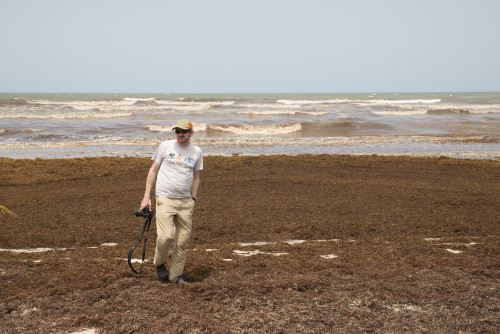
Back on the road again, we hit the east coast of the island around 1:00pm. We stopped for lunch at a beach smothered with sargassum seaweed. It was unprecedented on both Trinidad and Tobago and the talk of the whole island. Judging by the smell in the hot midday sun, I could see why Trinidadians were upset. Strategic stops in the mangrove forests nearby afforded us fleeting glimpses of two species of kingfisher; Mahese used a tape to bring in a stunning Black-crowned Antshrike.
Plumbeous Kite
Smooth-billed Ani
Pale-vented Pigeon
Yellow-headed Caracara
Magnificent Frigatebird
Black-crowned Antshrike
Blue-black Grassquit
Ringed Kingfisher
Green Kingfisher
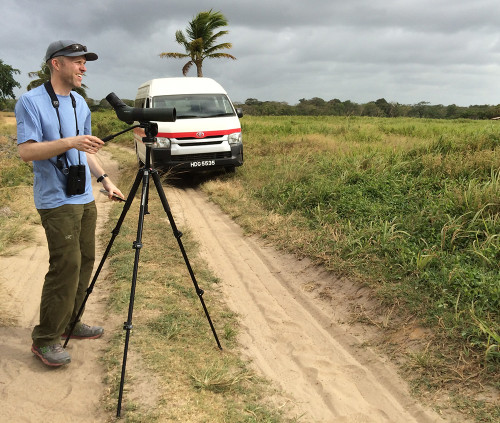
We drove slowly through the temporal wetlands at Nariva Swamp, which were now, unfortunately, dry. We waited at the far end of the swamp, near a stand of palm trees that usually host Red-bellied Macaws towards the end of the day. It was another decision that flies in the face of a normal “big day,” but this charismatic species was worth it. After about an hour of waiting (with rum punch in hand), a pair finally showed up and alit right on the exact palm tree that Mahese predicted.
Yellow-breasted Flycatcher
Rufous-browed Peppershrike
Striated Heron
Great Egret
Gray Kingbird
Yellow-bellied Elaenia
Limpkin
Crested Caracara
Green-throated Mango
Osprey
Yellow-hooded Blackbird
Purple Gallinule
Striped Cuckoo
Giant Cowbird
Long-winged Harrier
Short-tailed Swift
Fork-tailed Palm-Swift
Red-bellied Macaw
It was just an hour before nightfall and we were four species short of 100, our goal for the day. A large Linneated Woodpecker flew over the van as we held vigil for the macaws. As we drove out, Mahese pointed out White-tipped Dove and Yellow-crowned Parrot. Ninety-nine.
“I know where you can get one more,” Mahese confided wryly as we took a left out of the swamp. Within fifteen minutes we were on the side of the road in a small village, looking up at a tree: Yellow-rumped Cacique.
One hundred.
